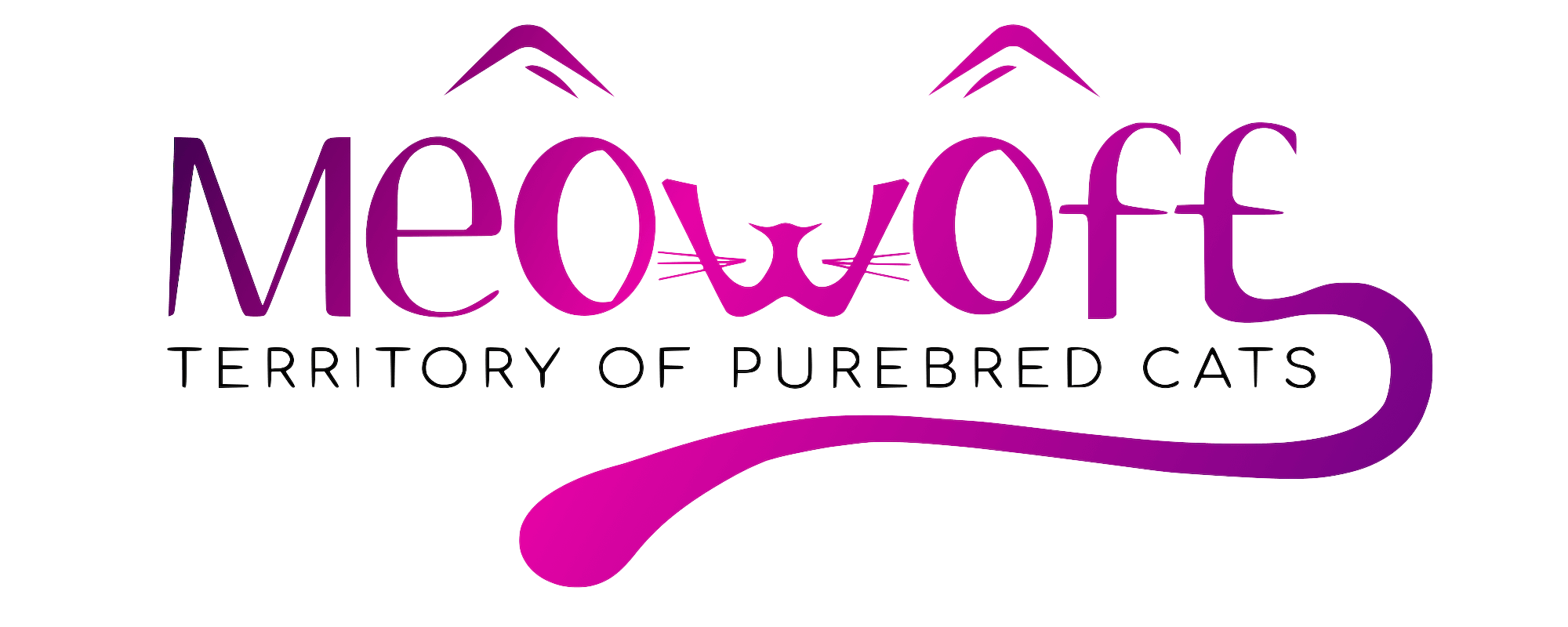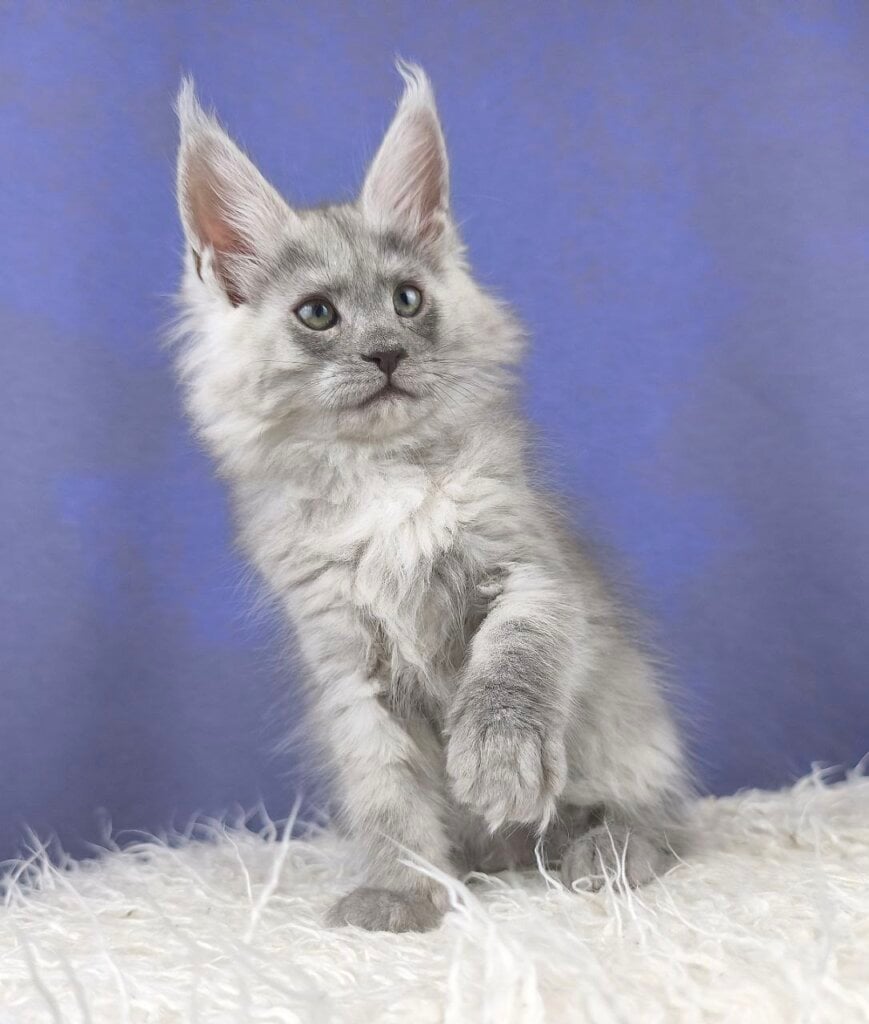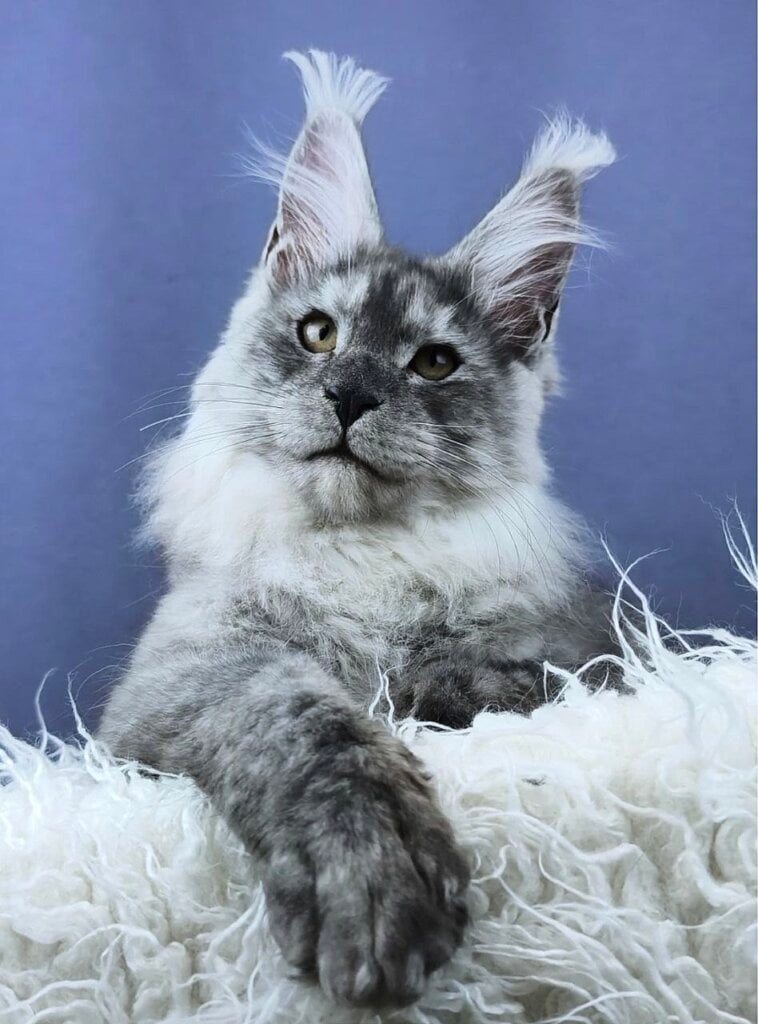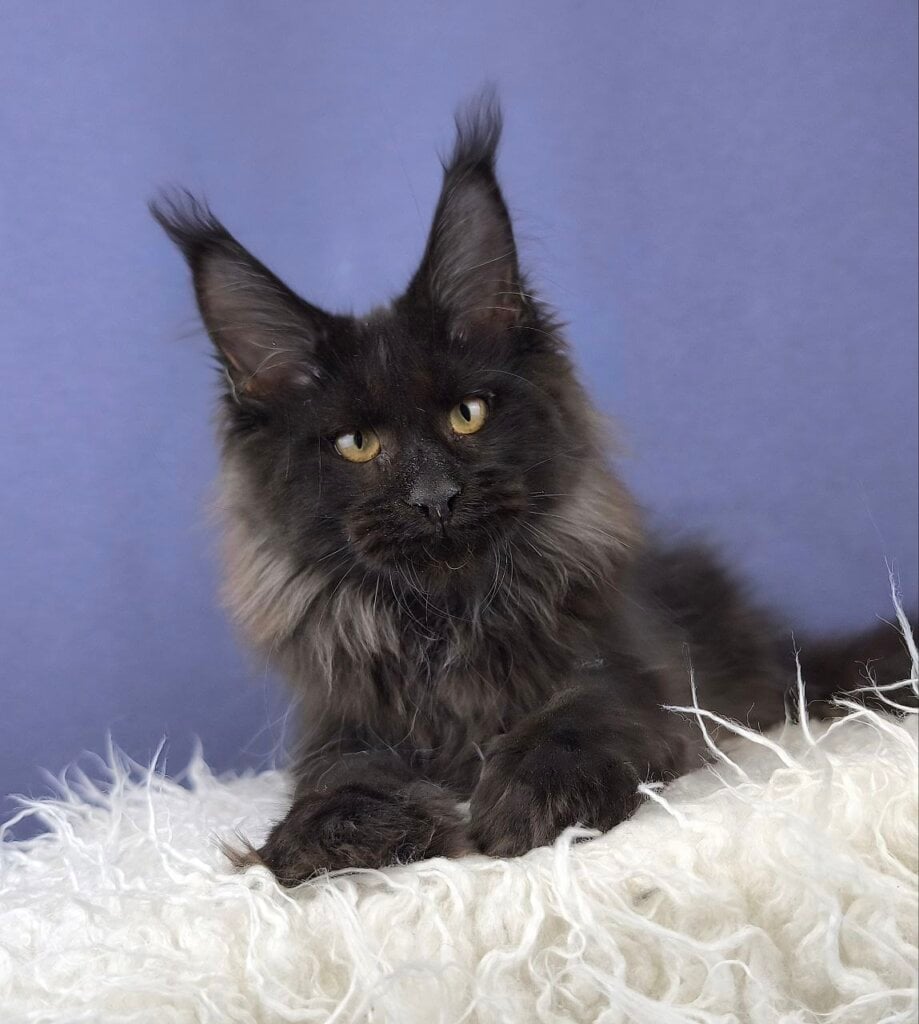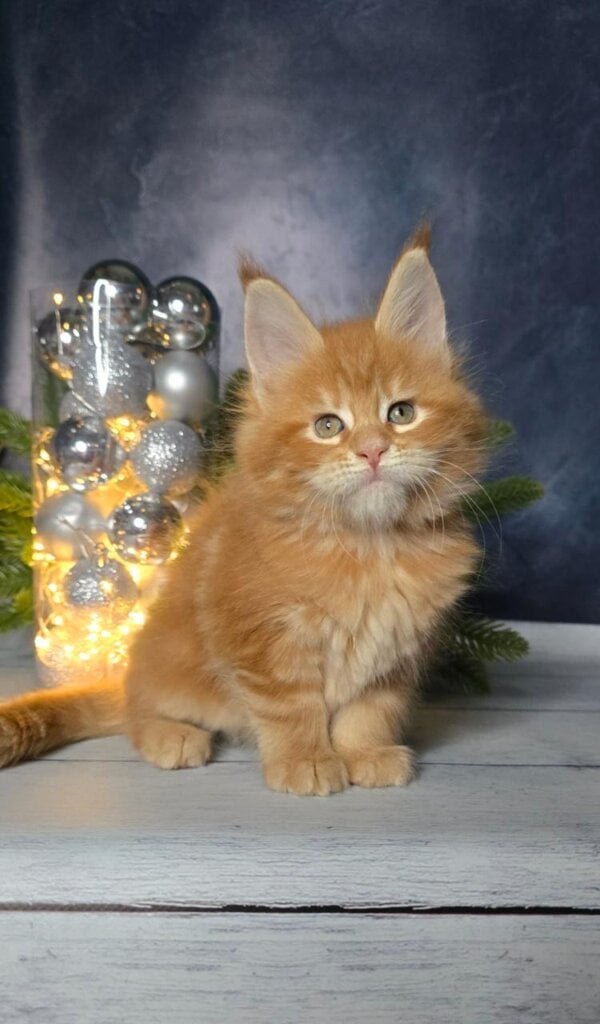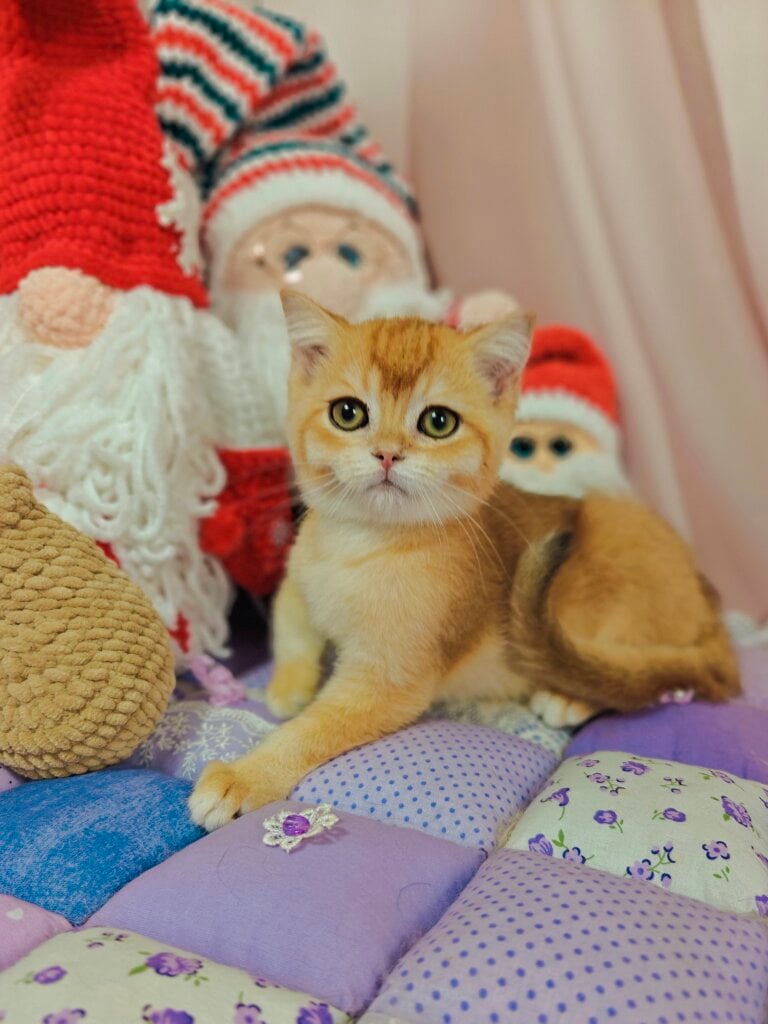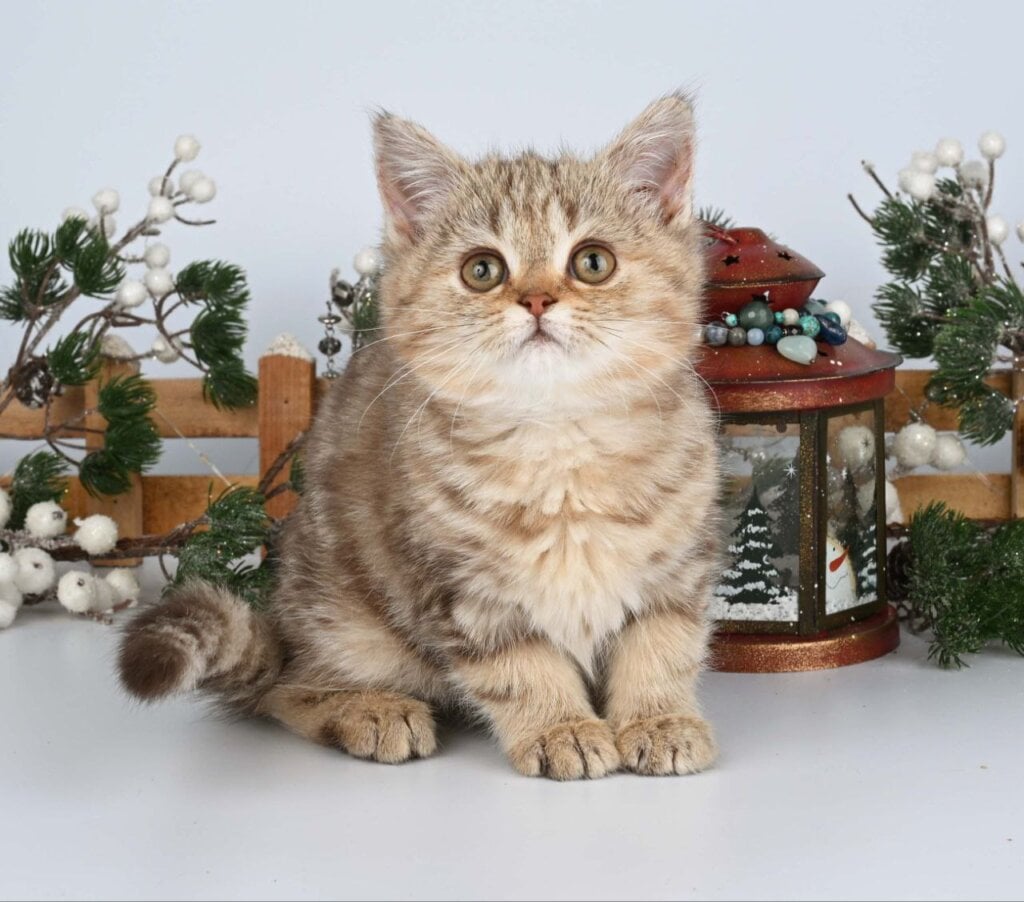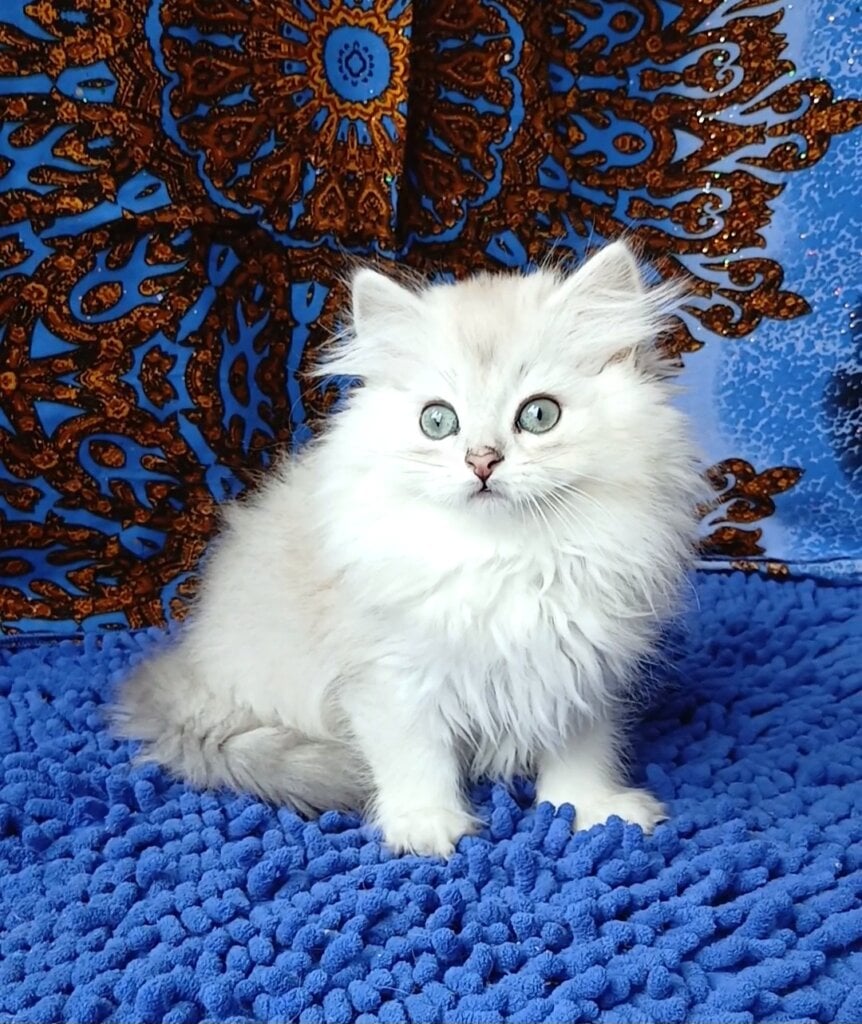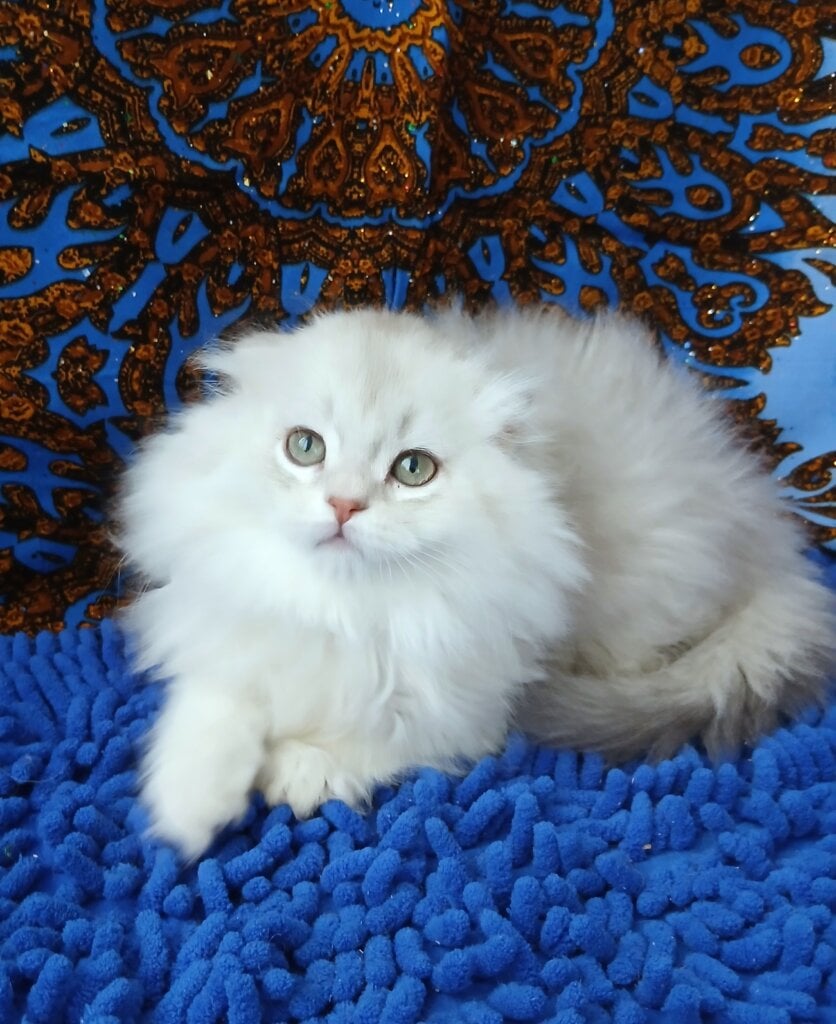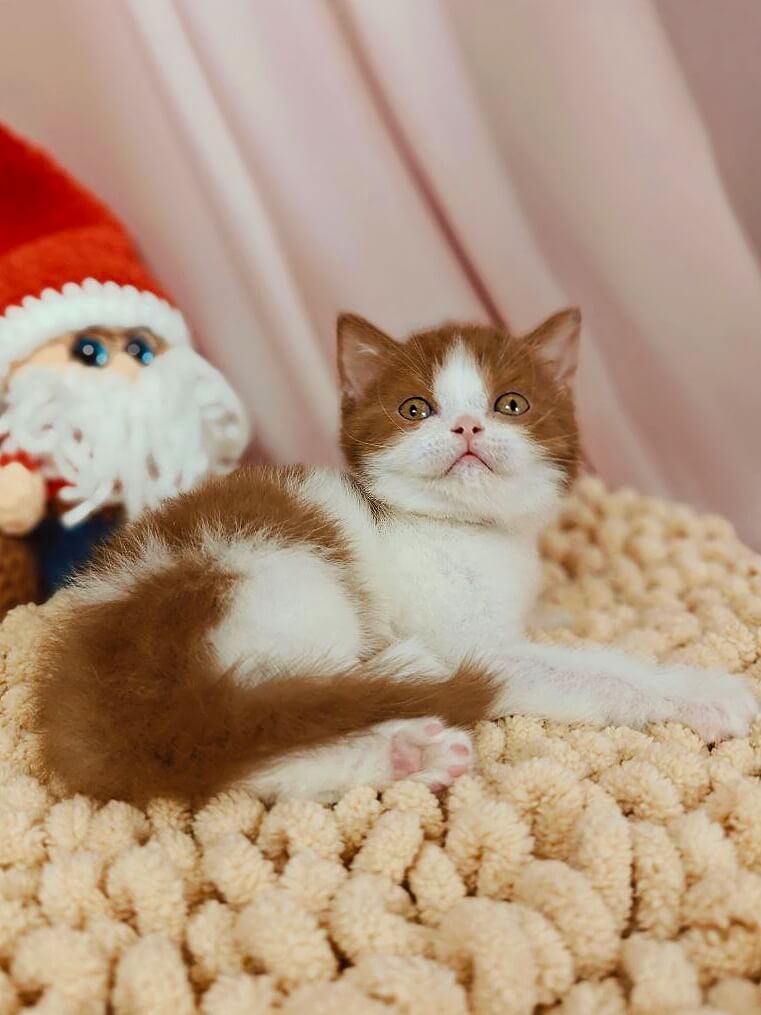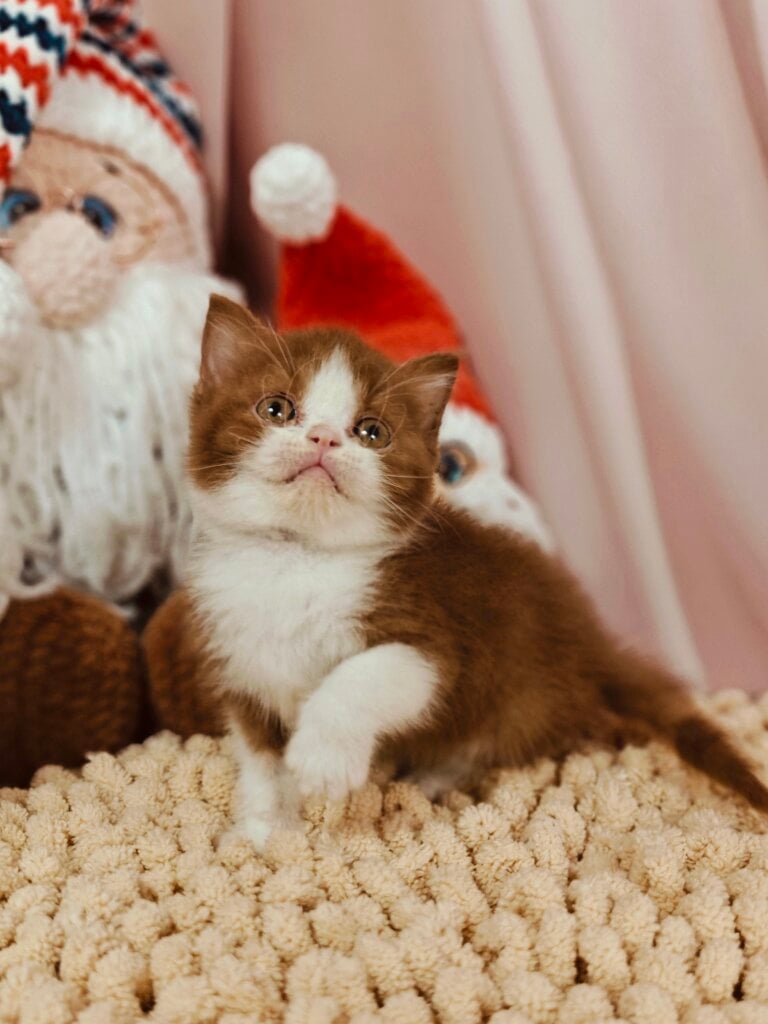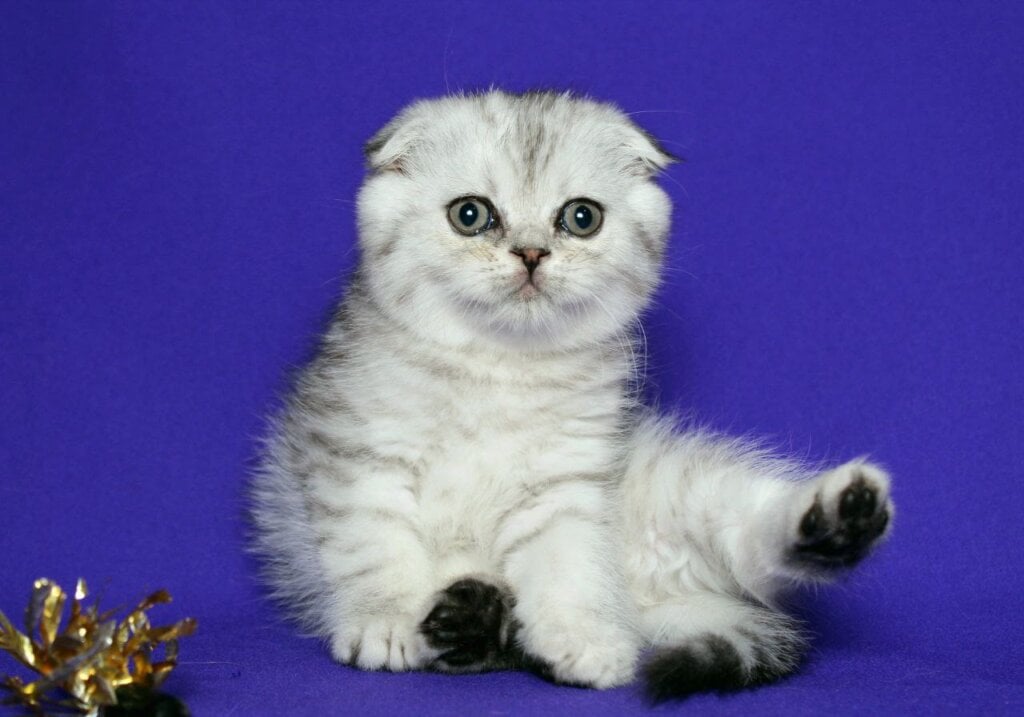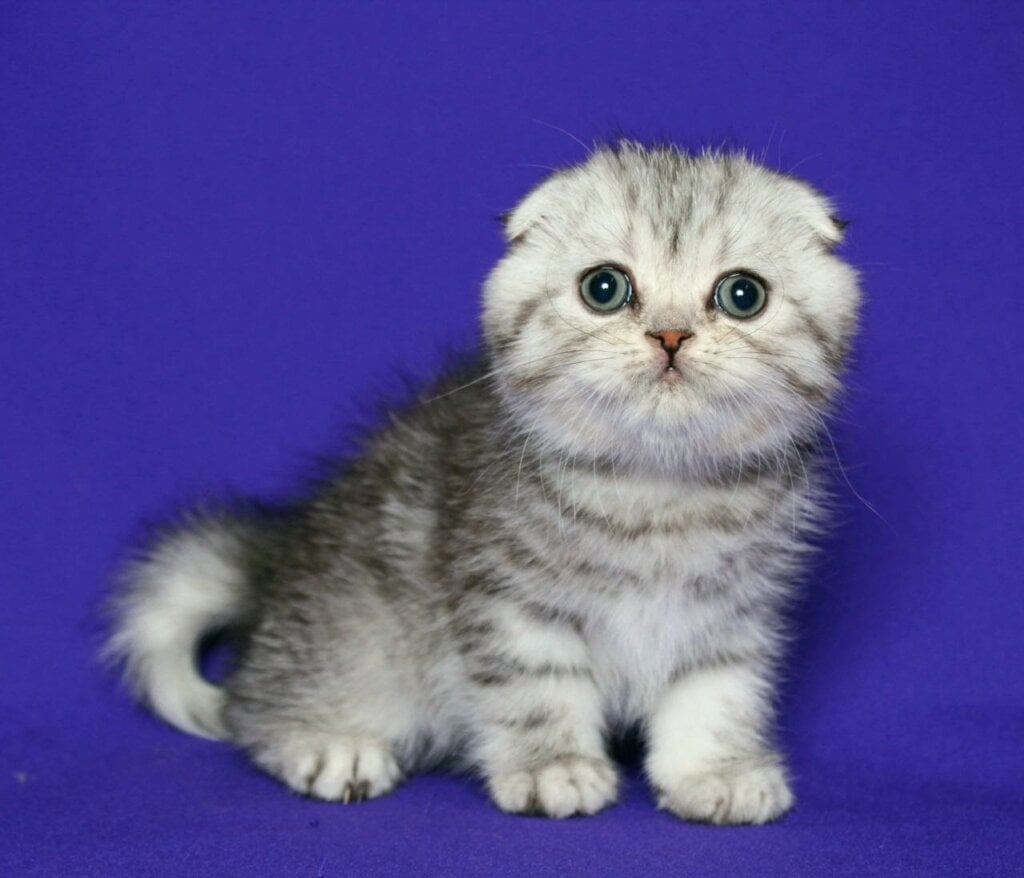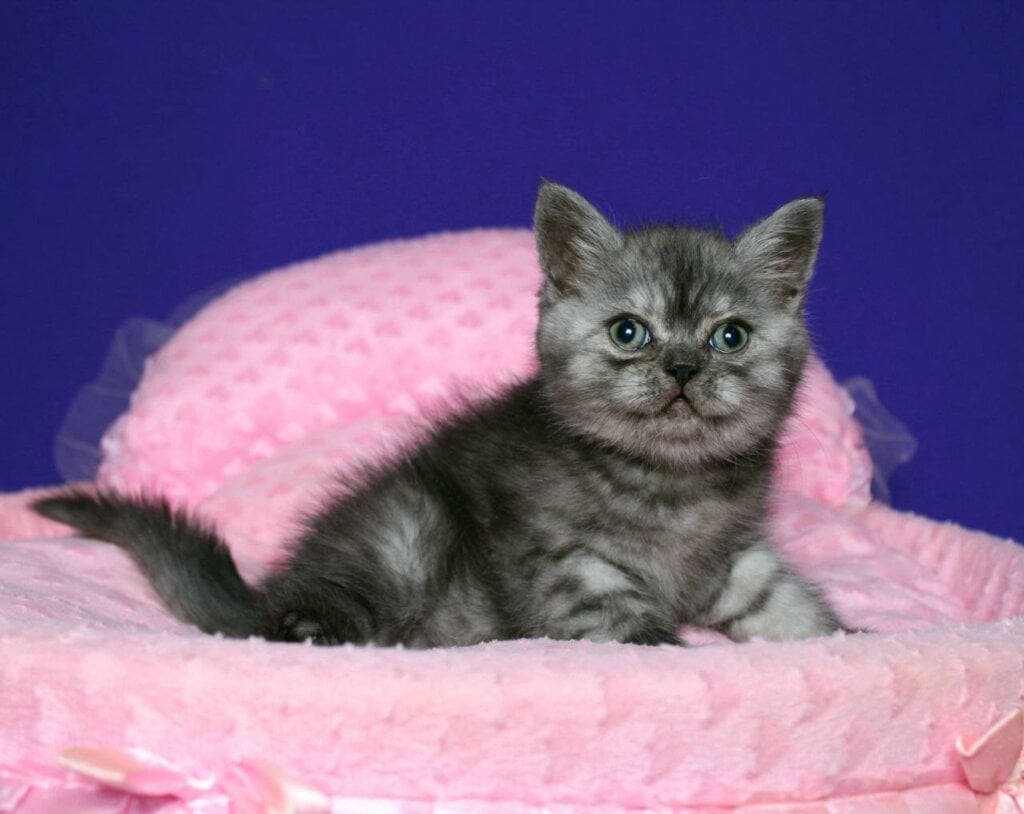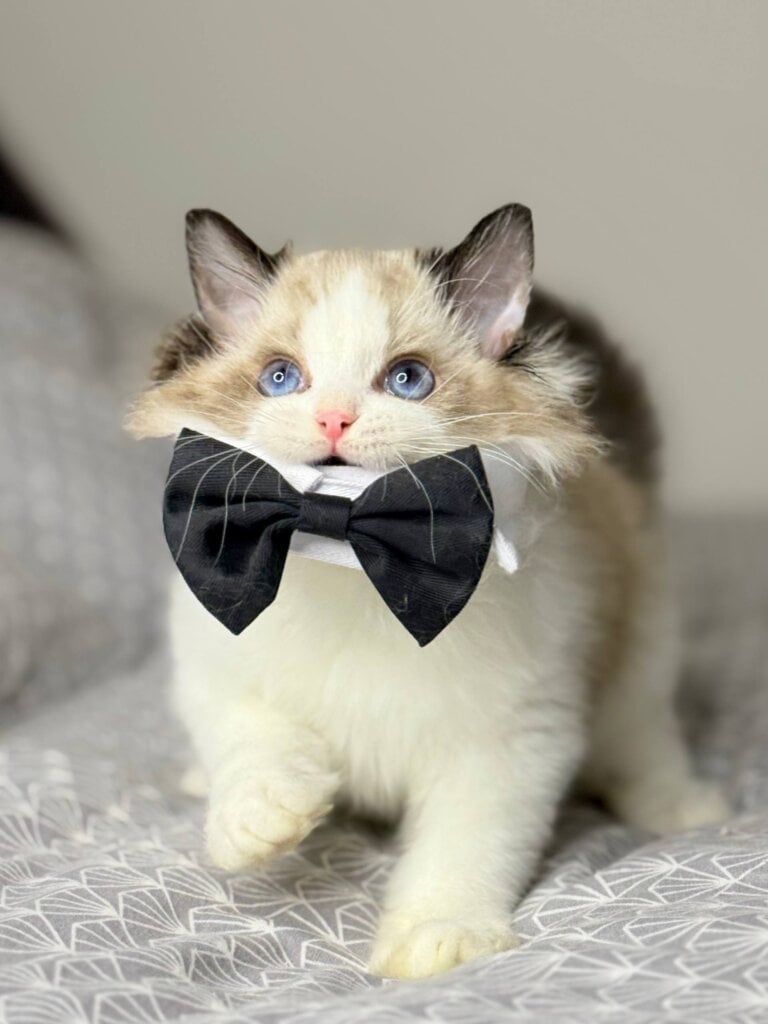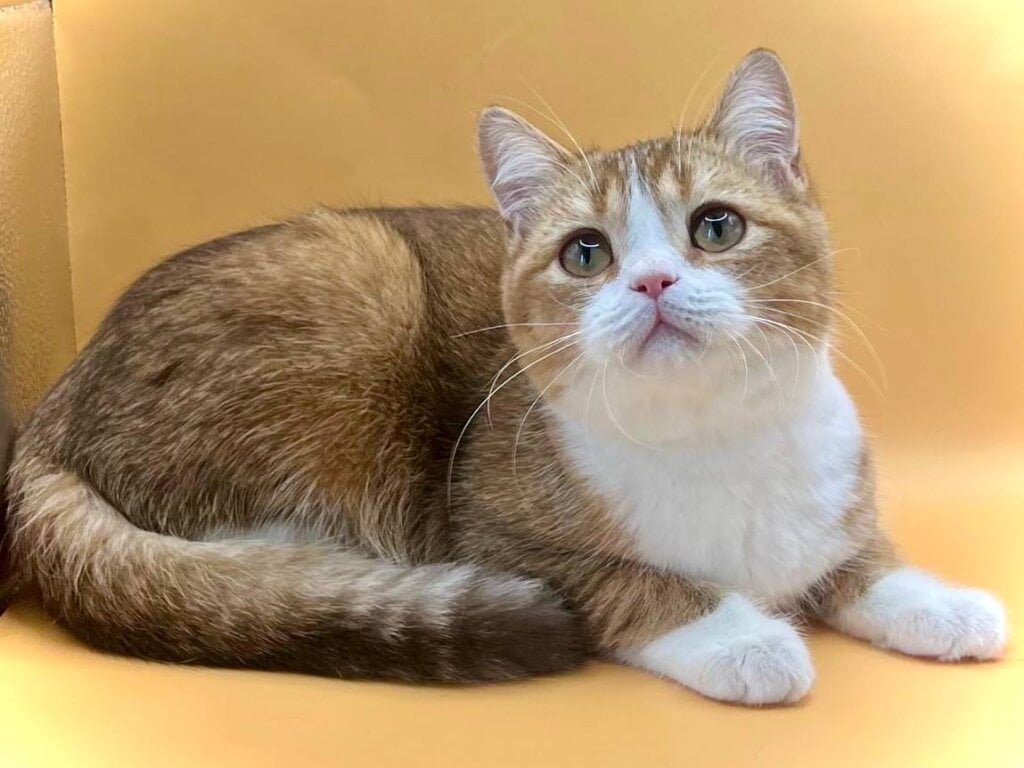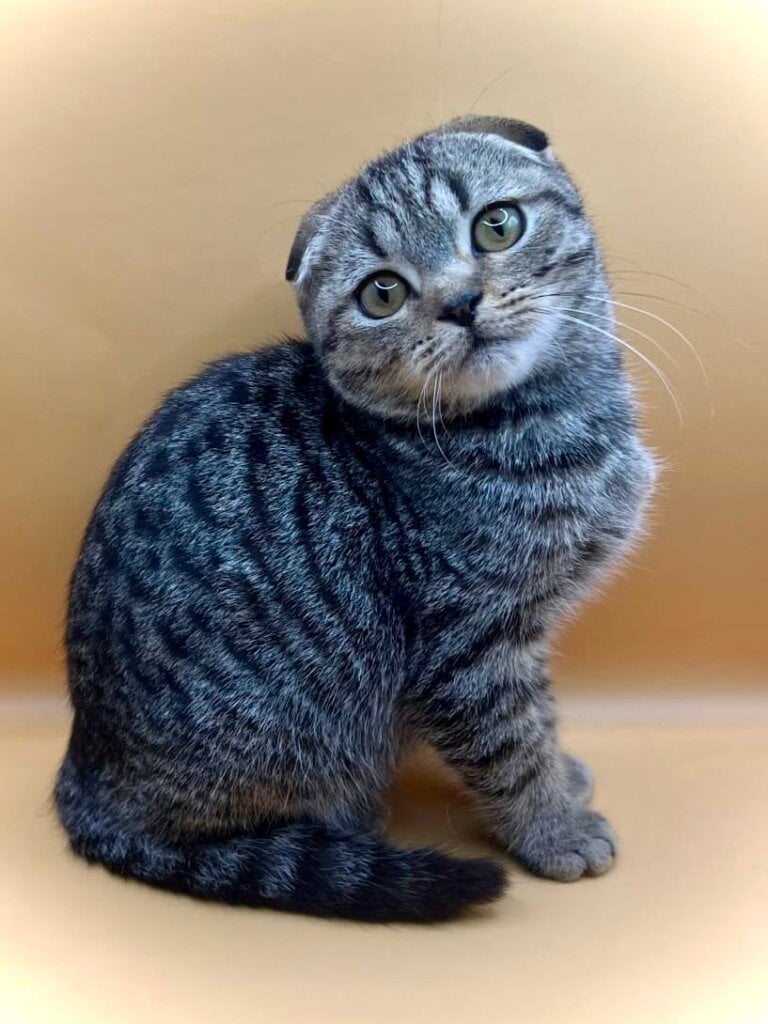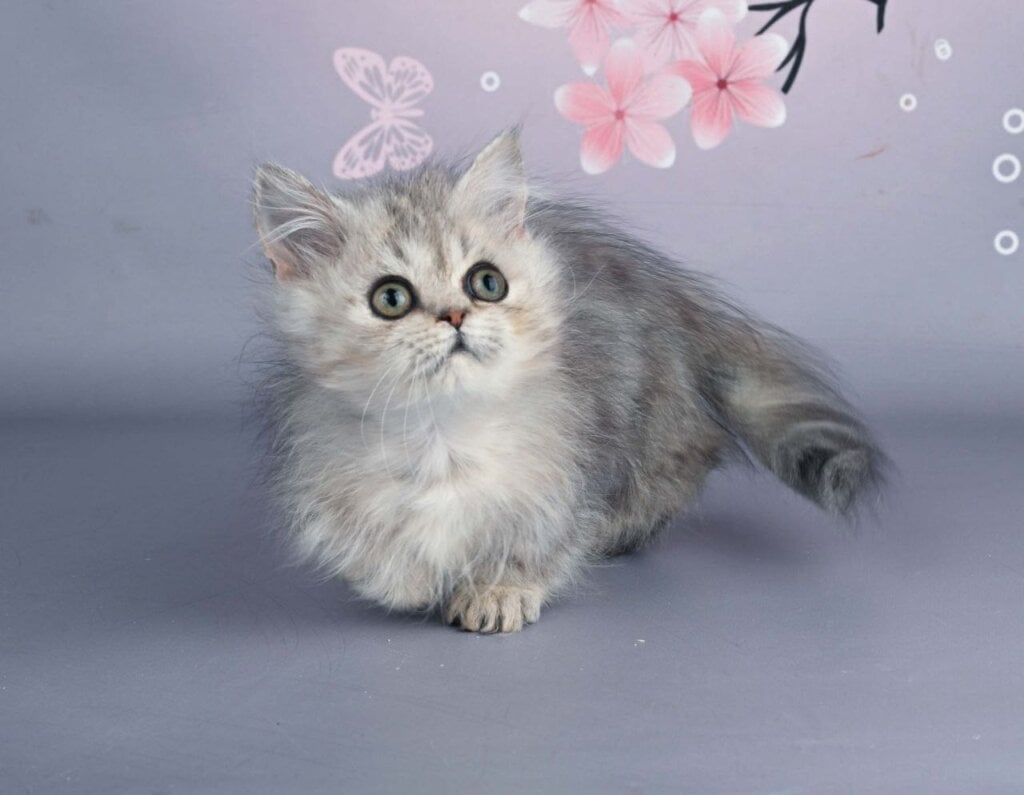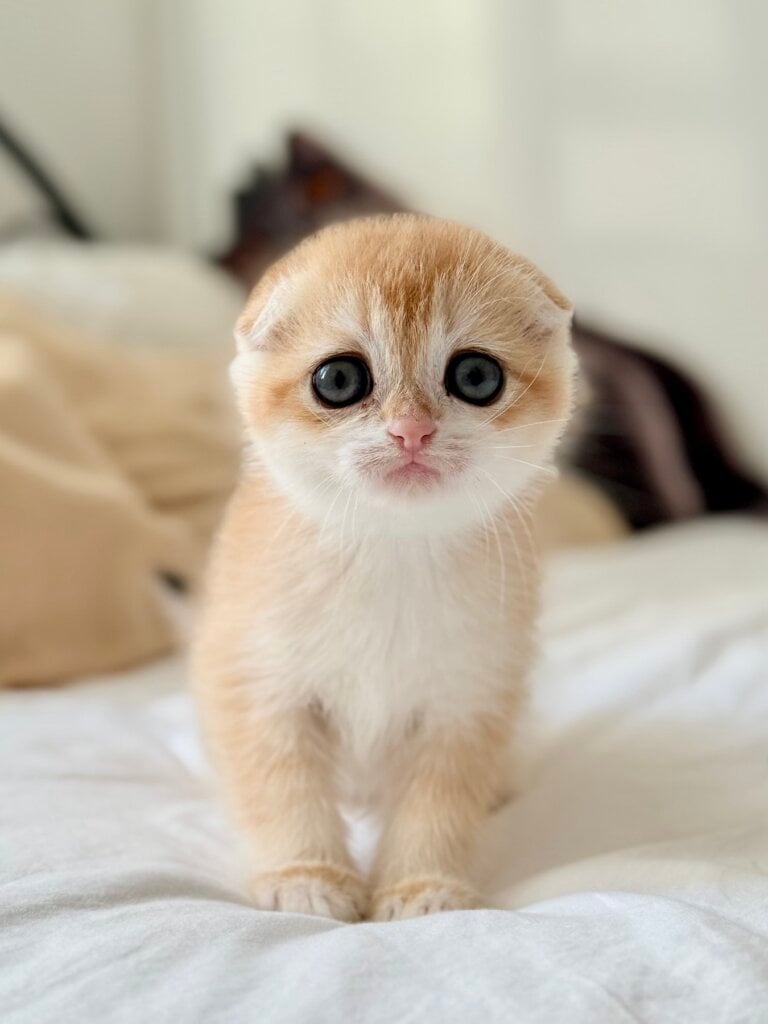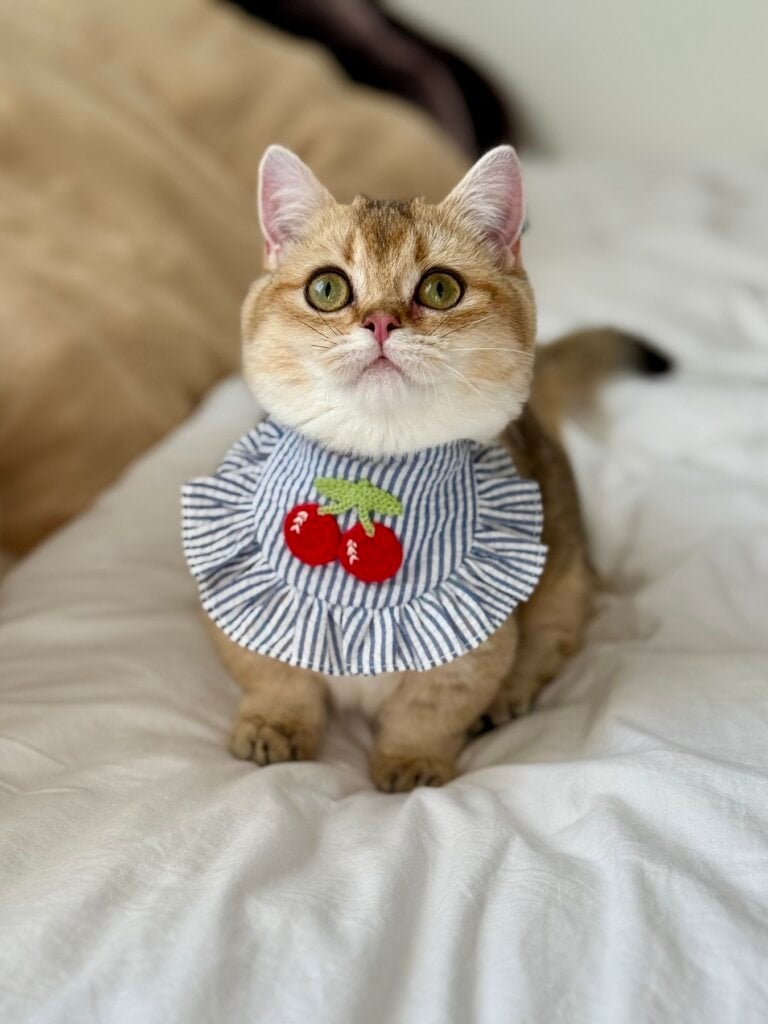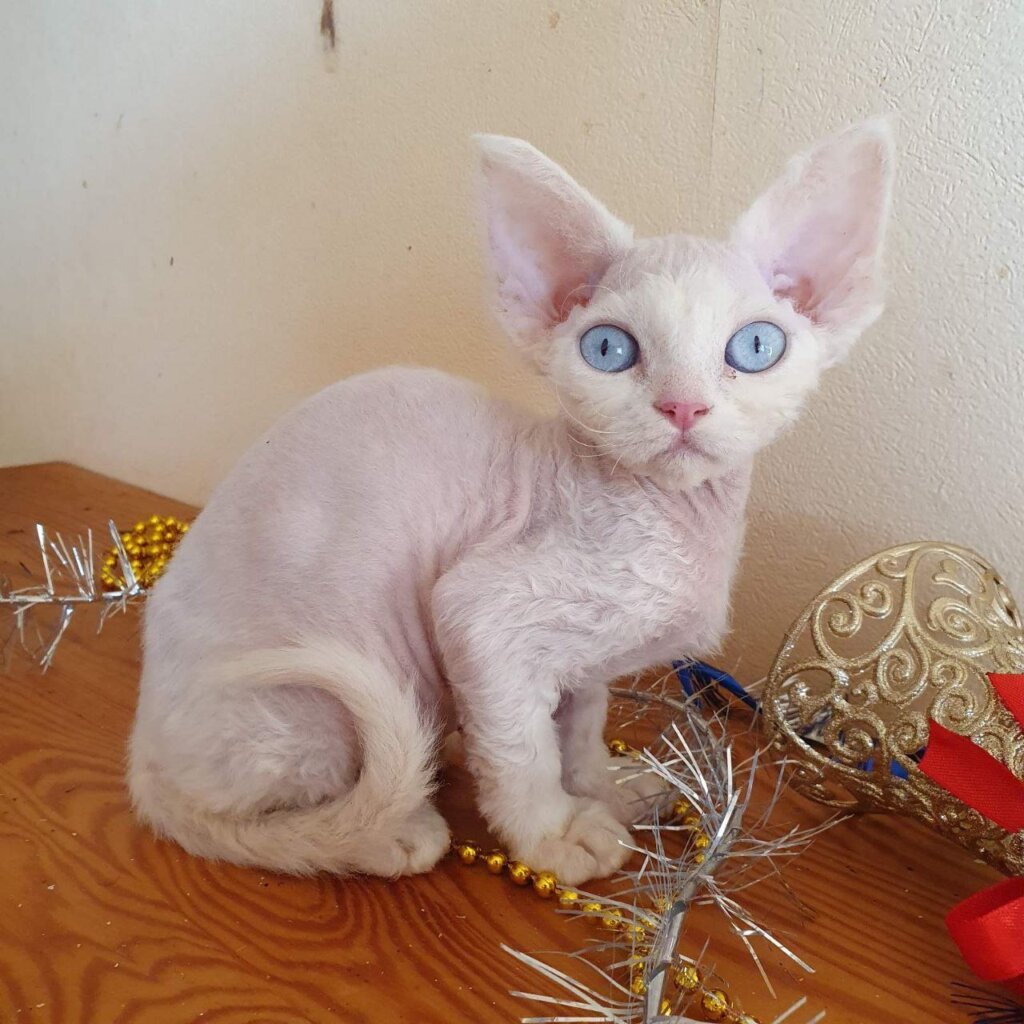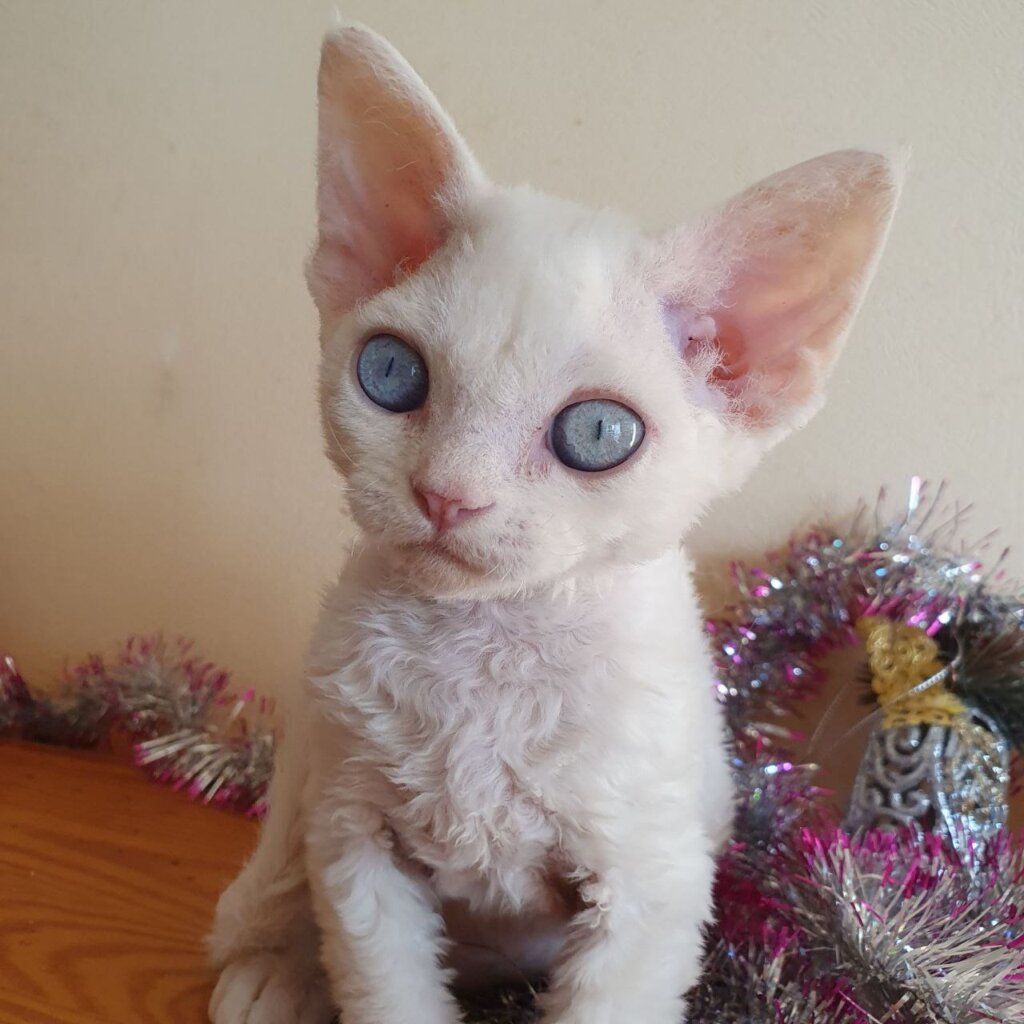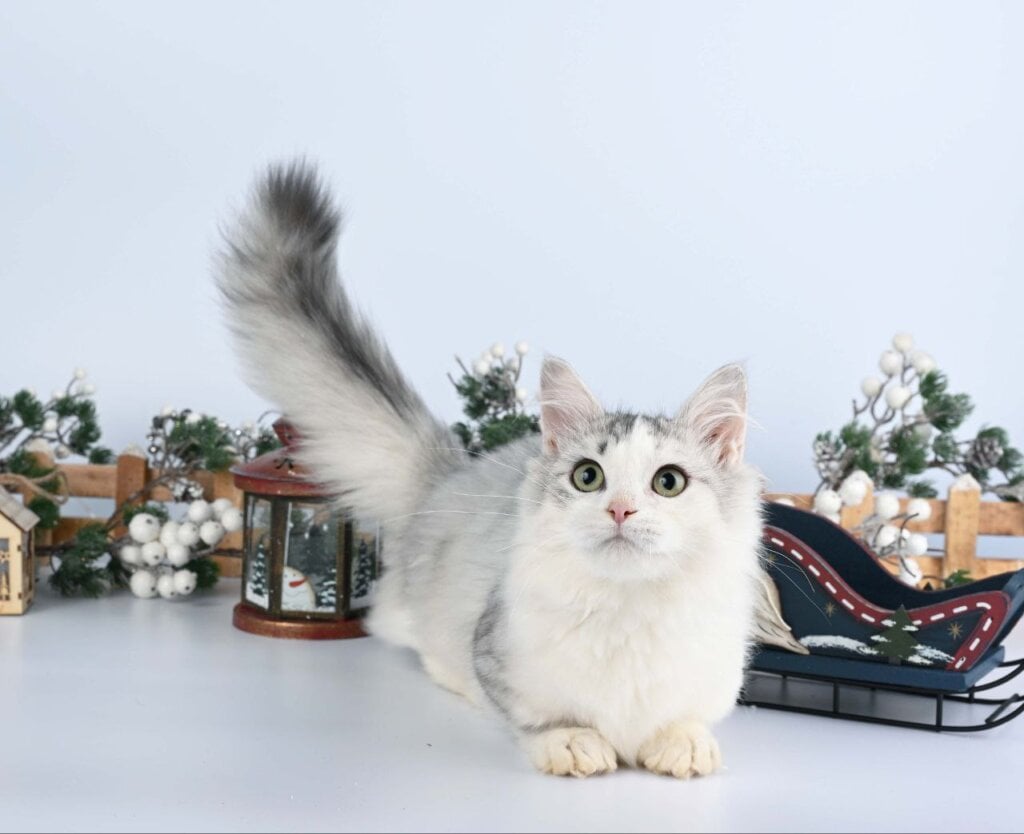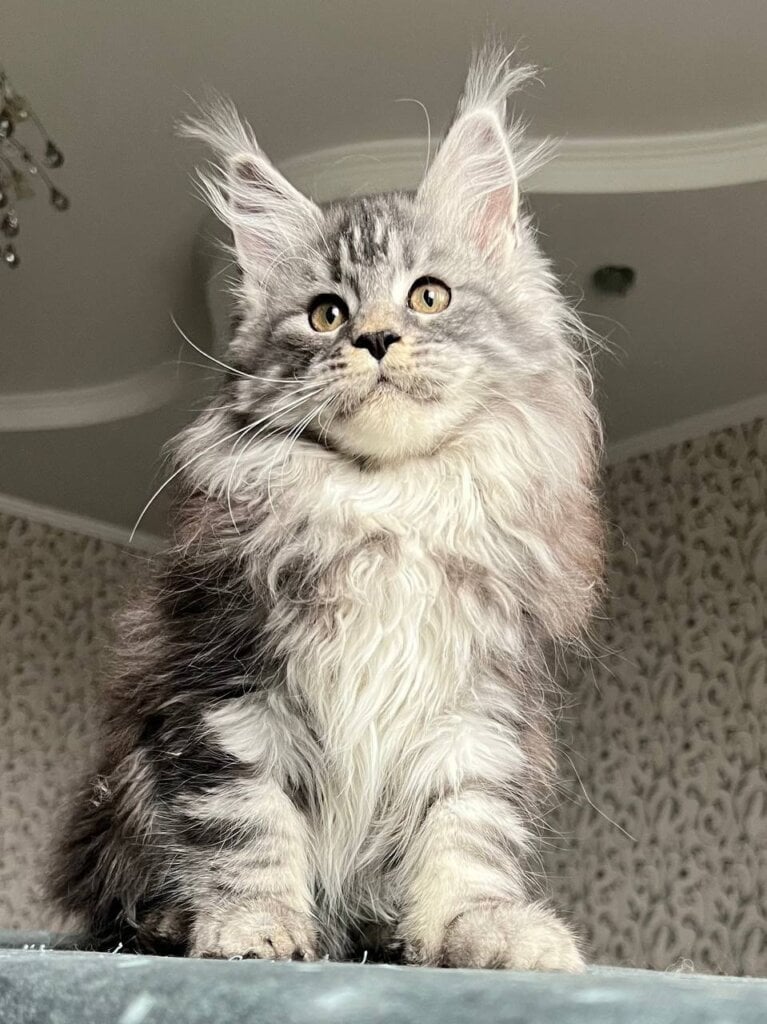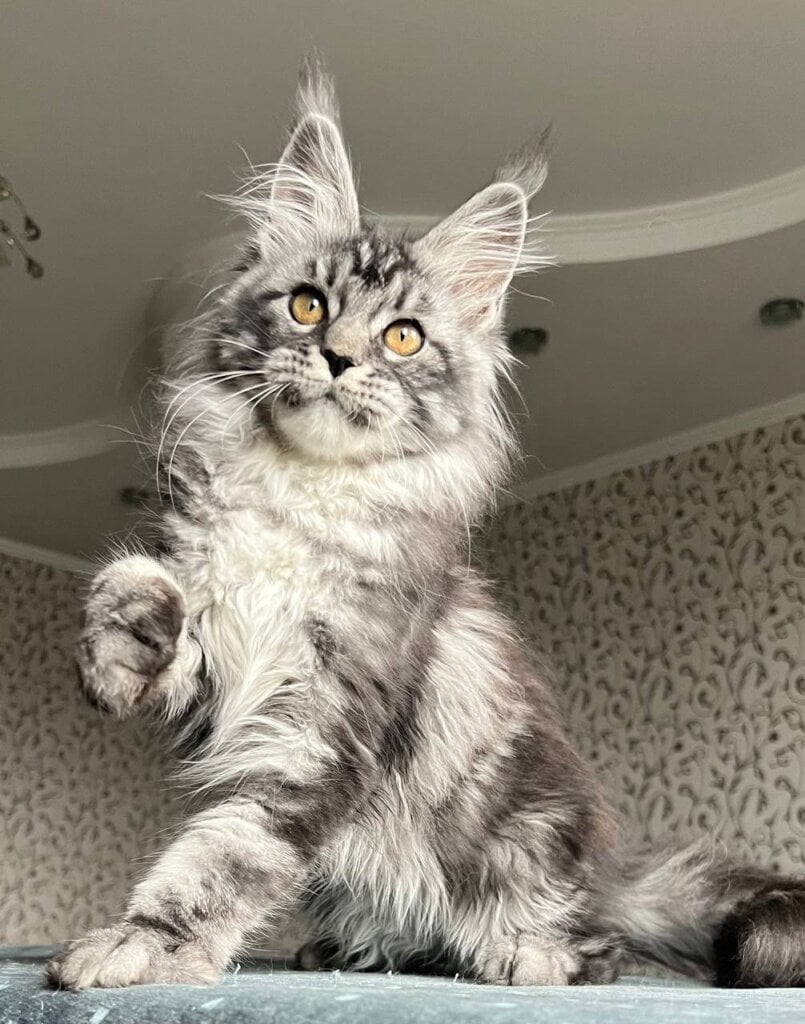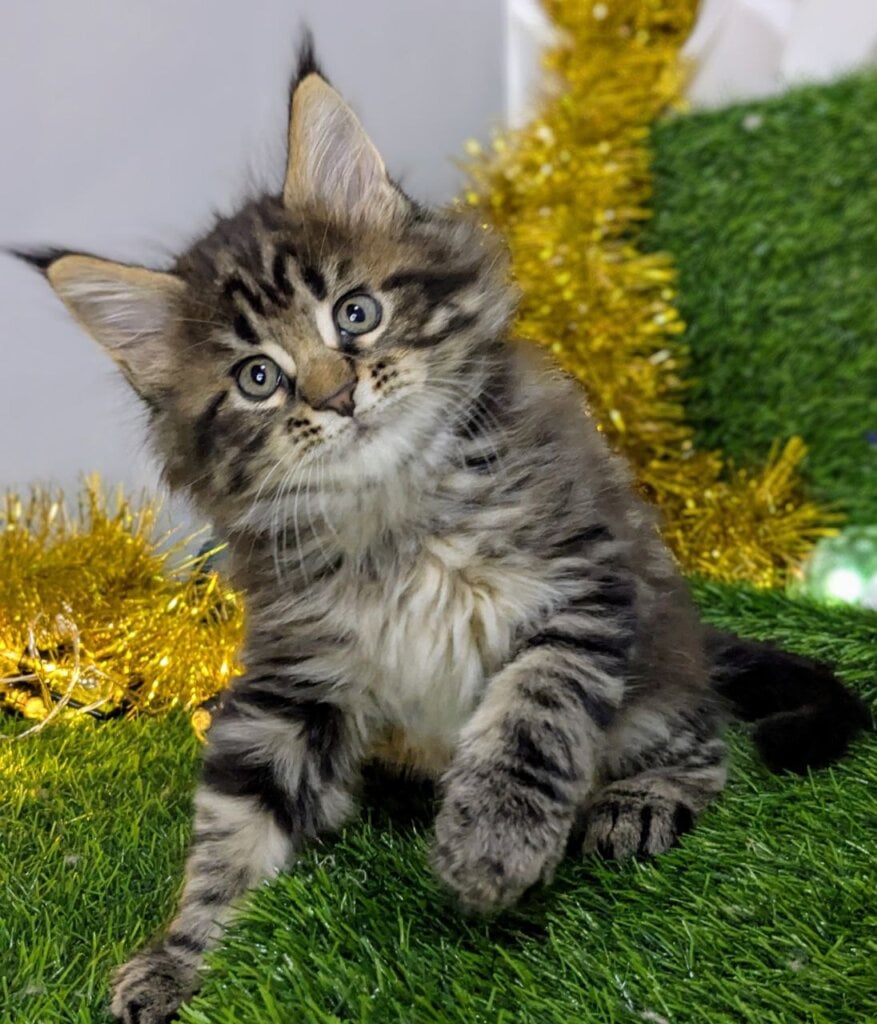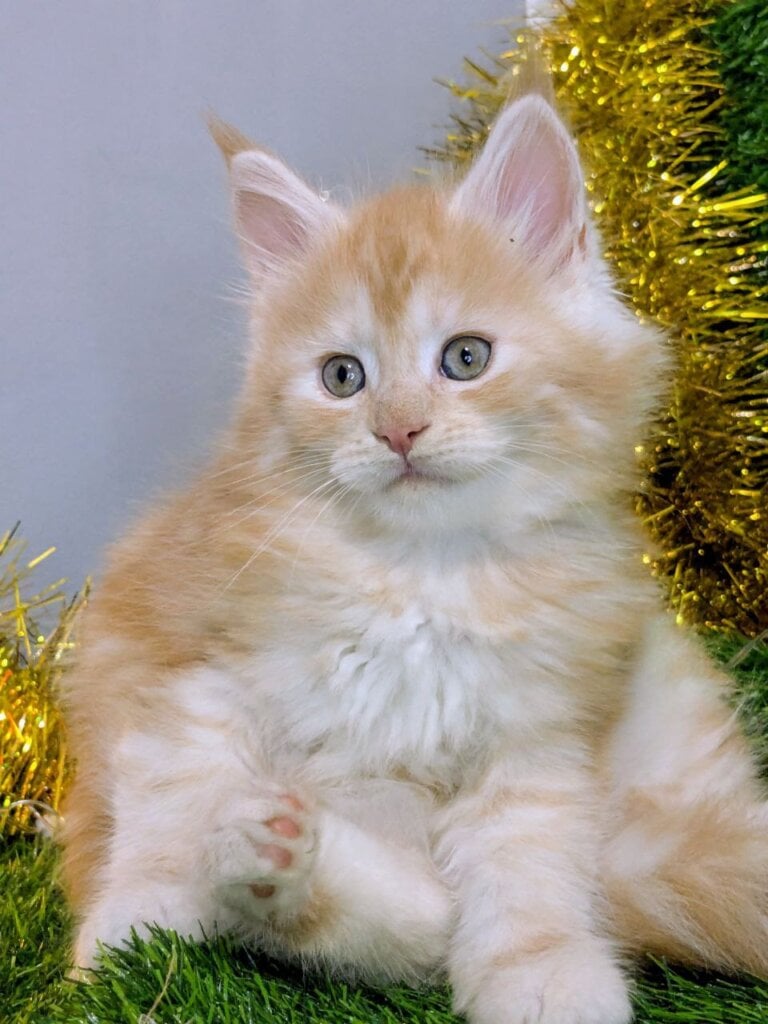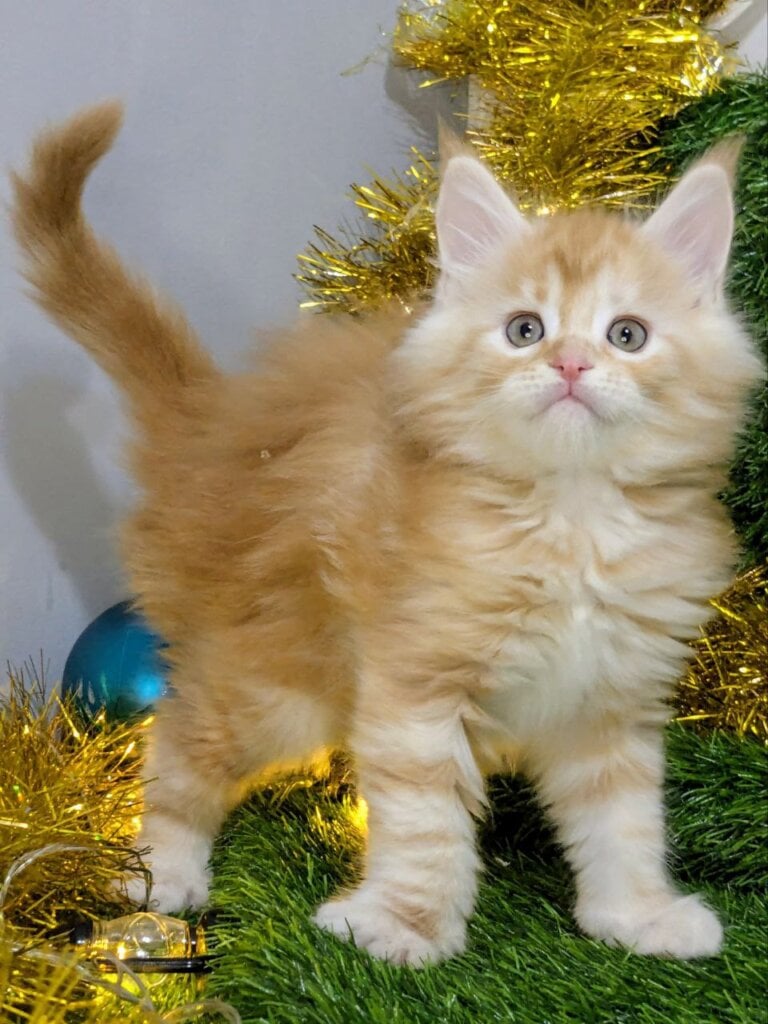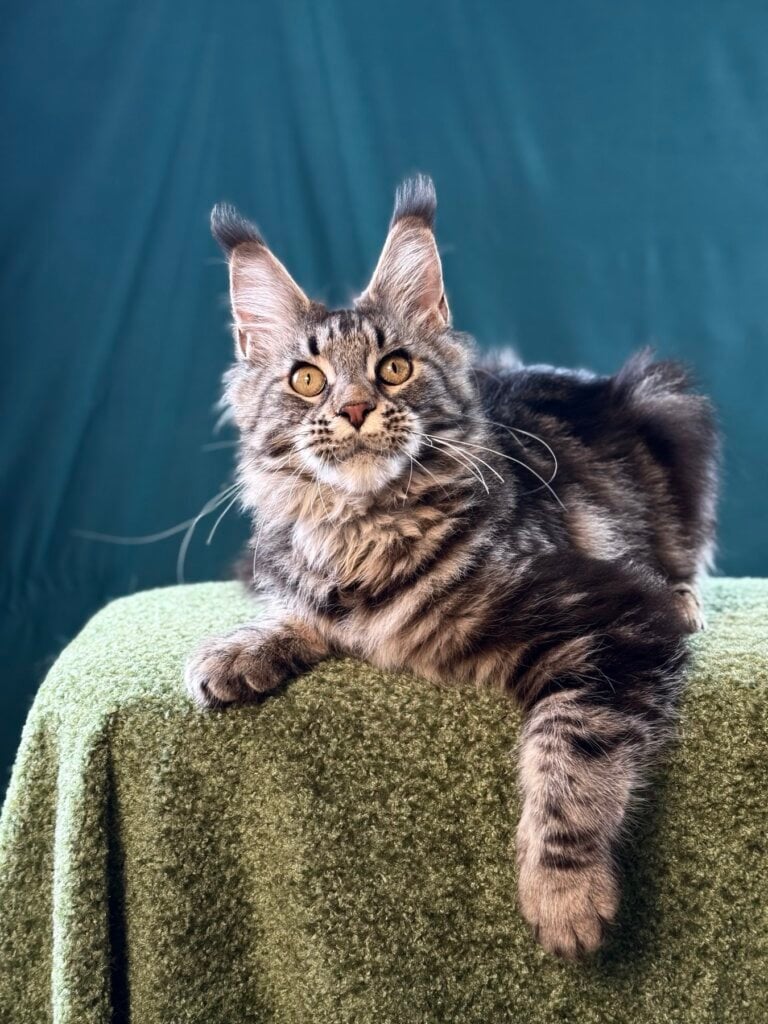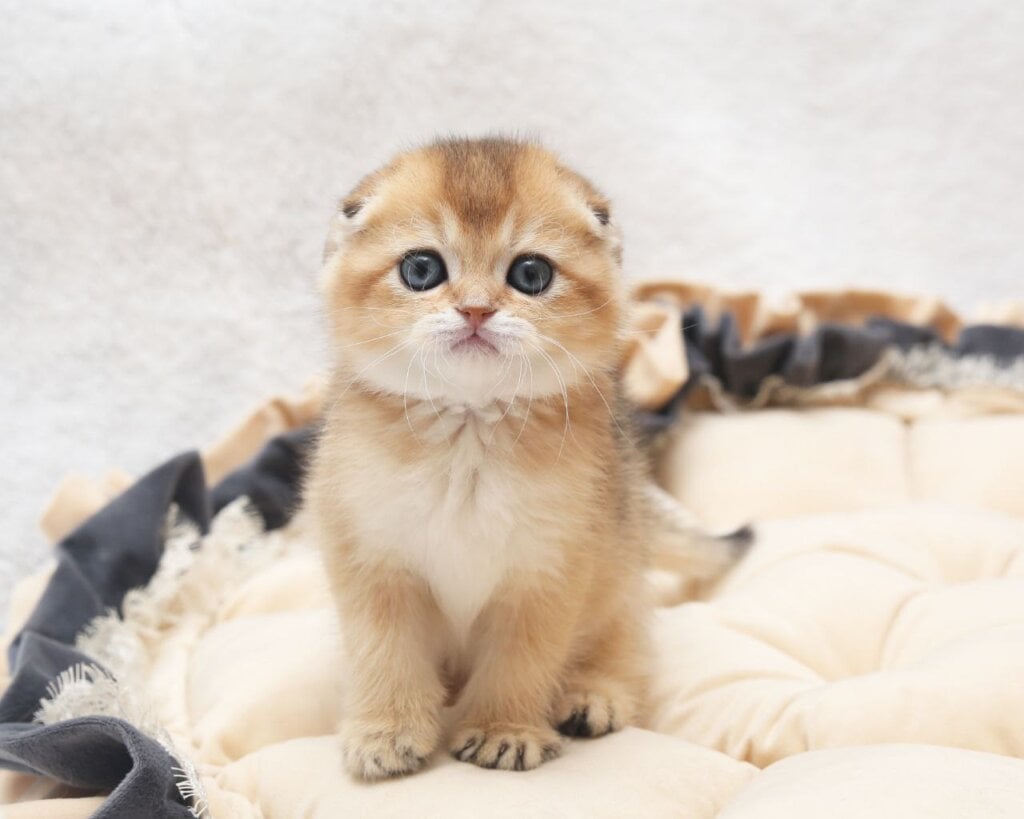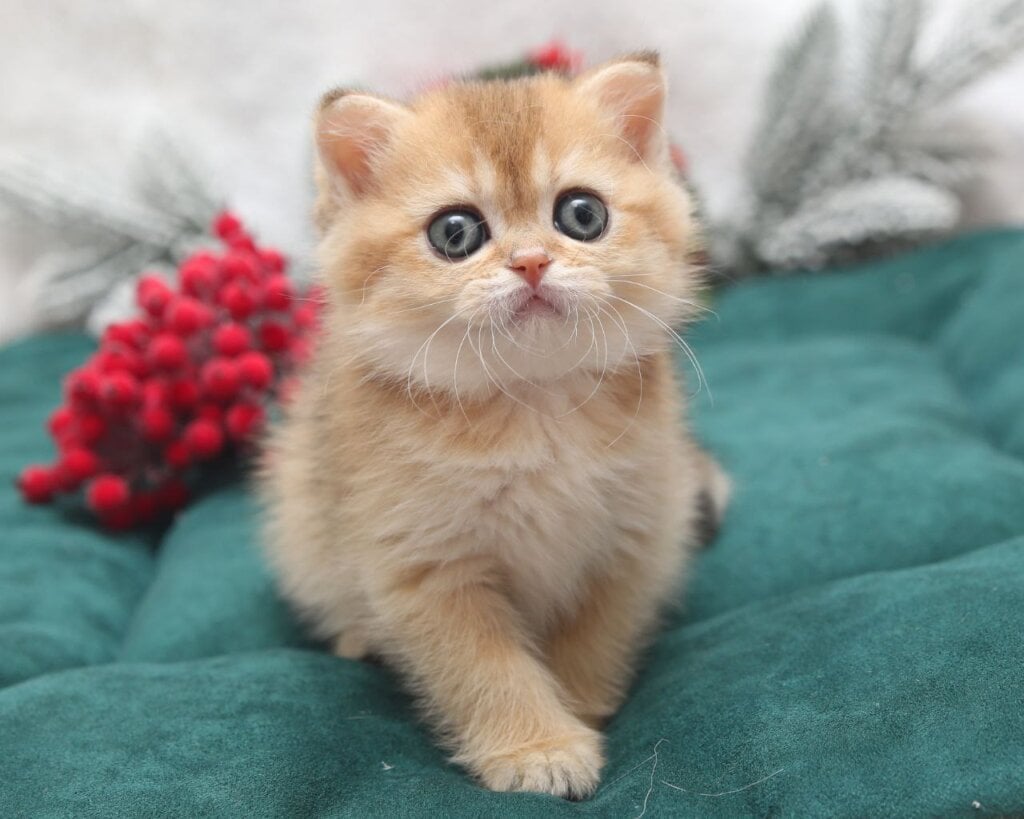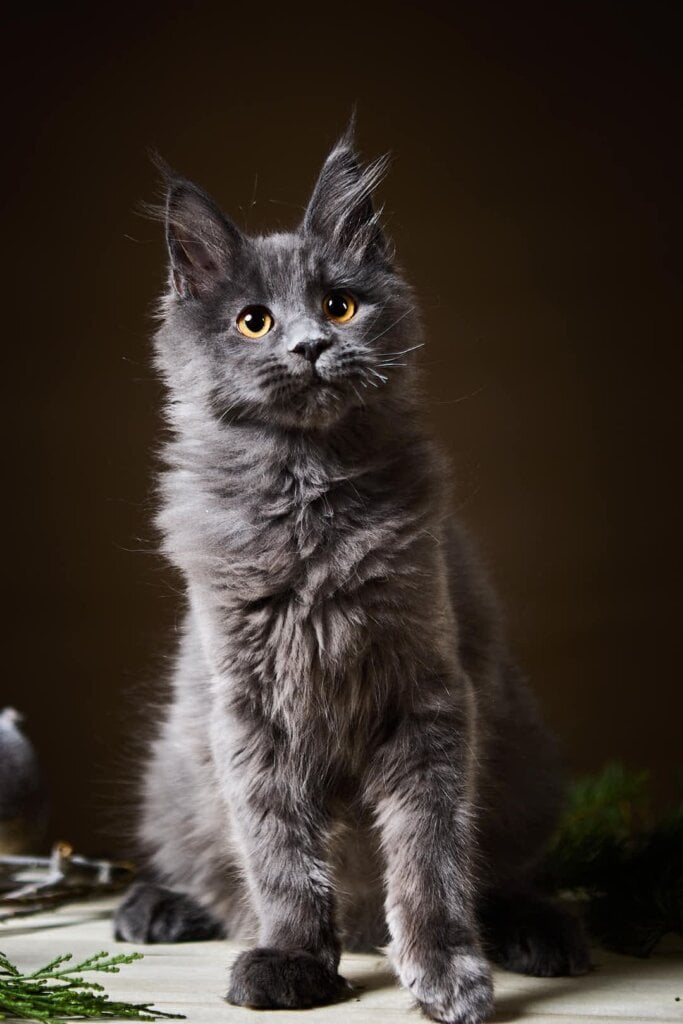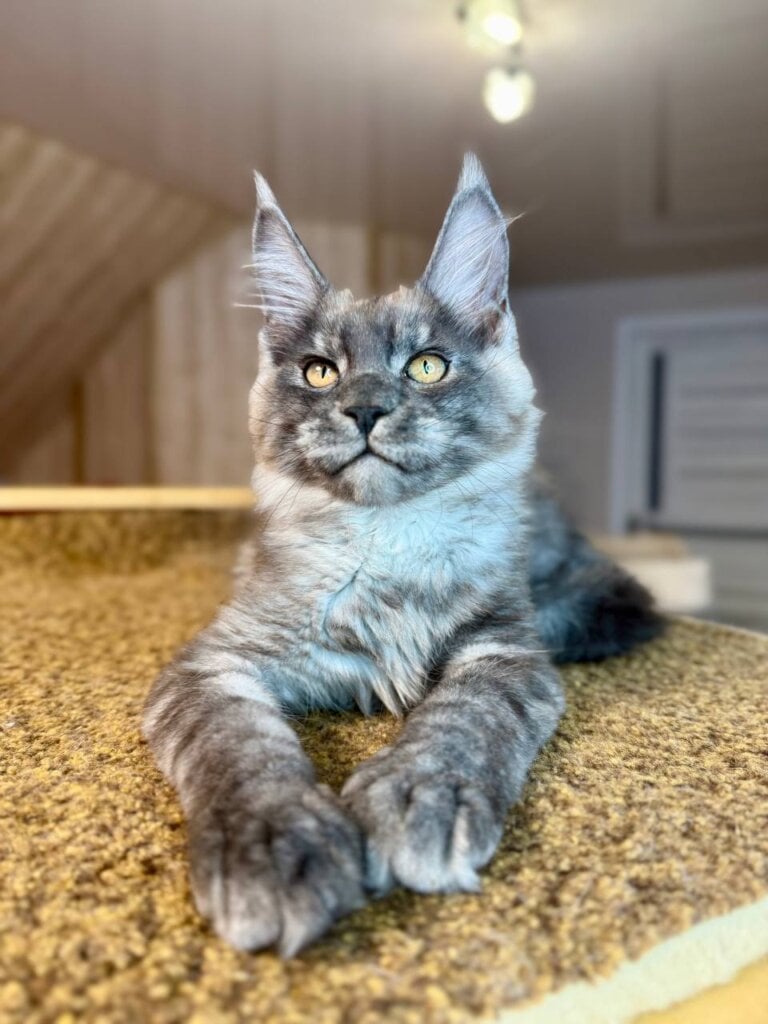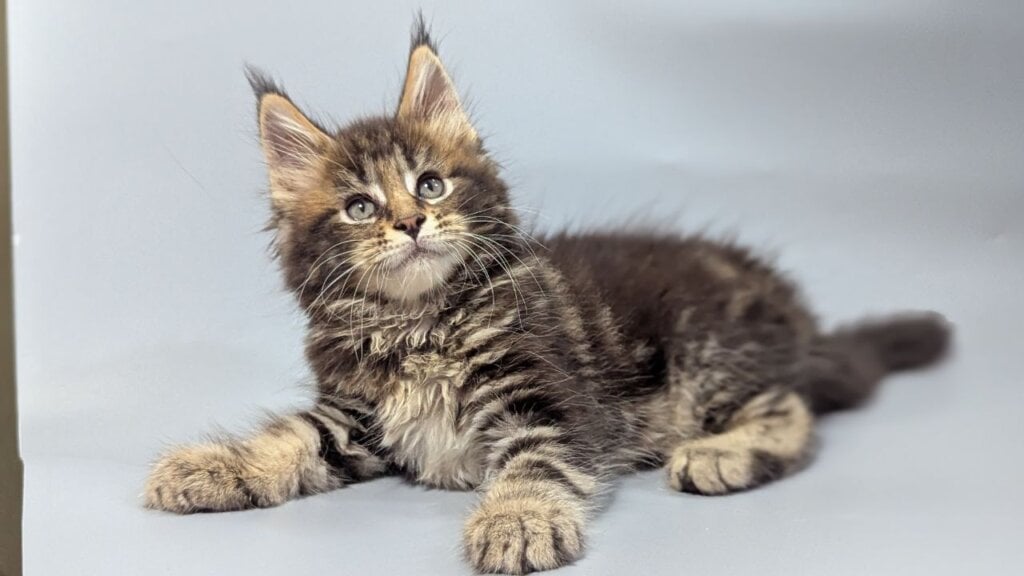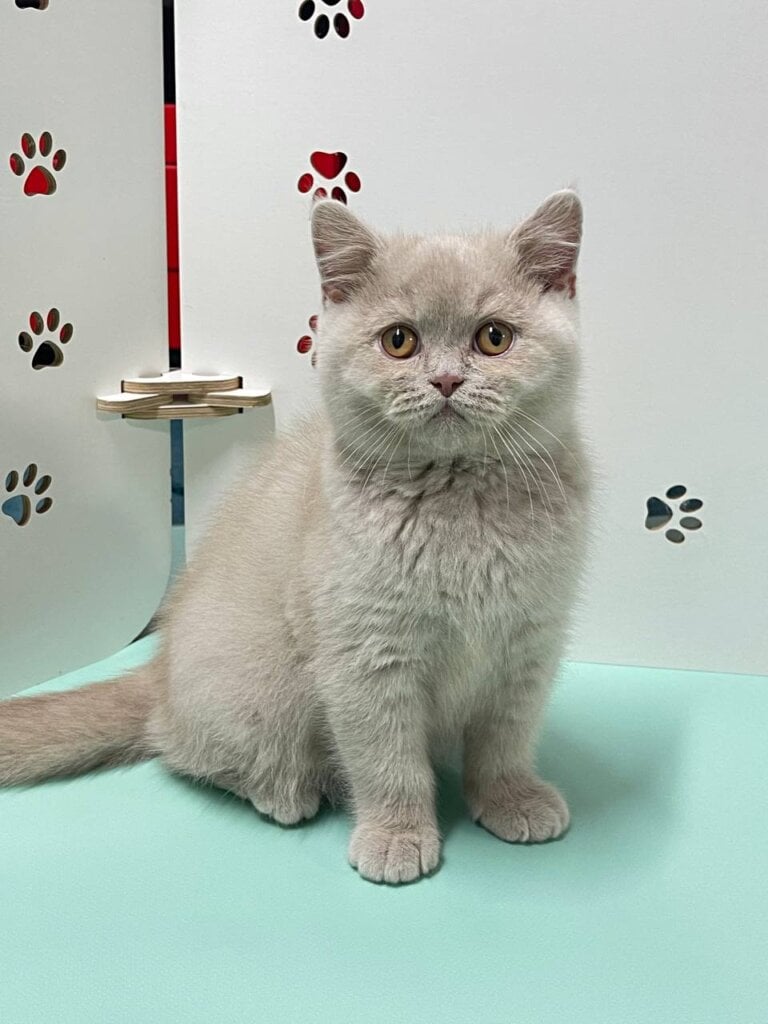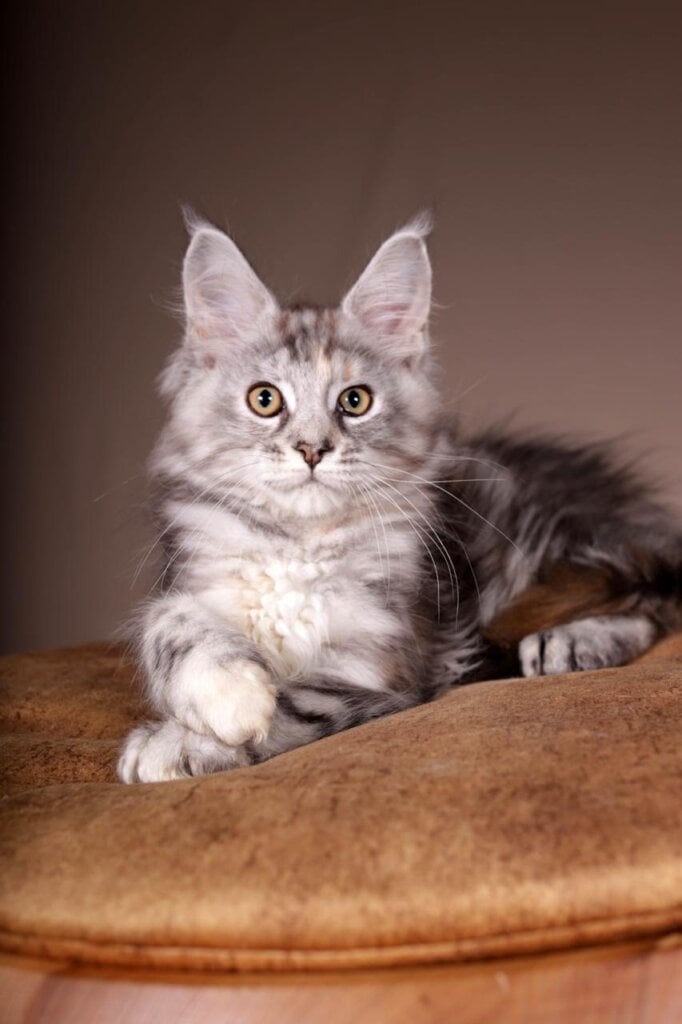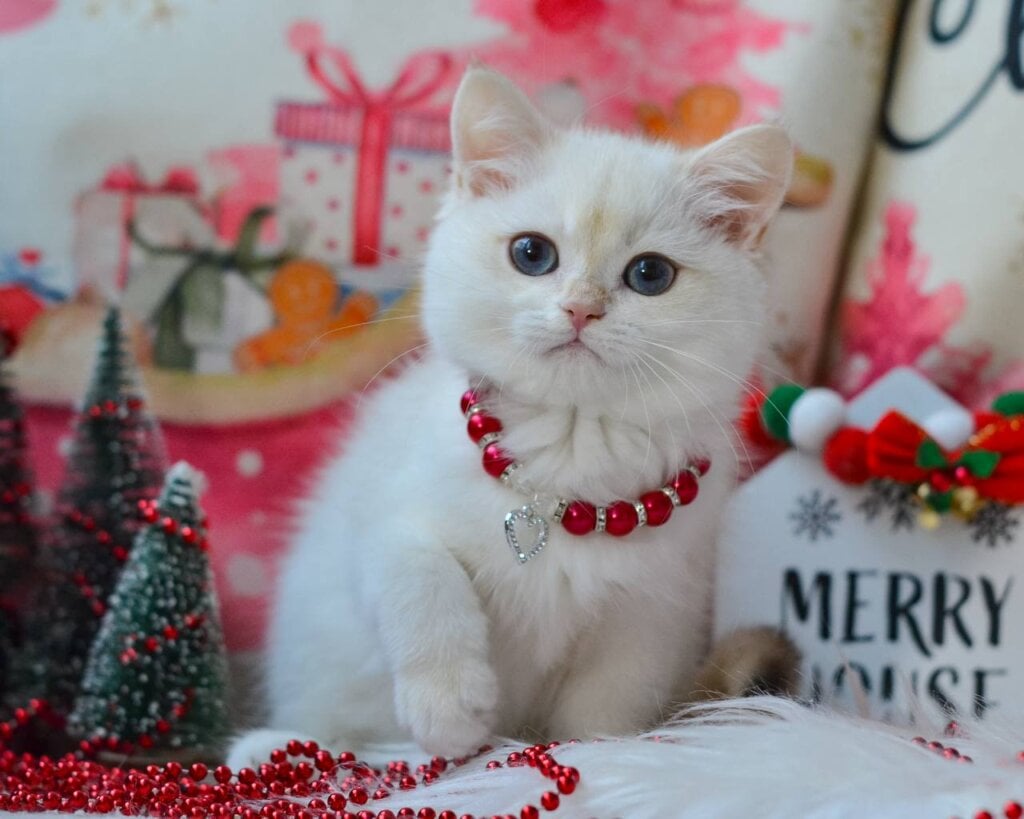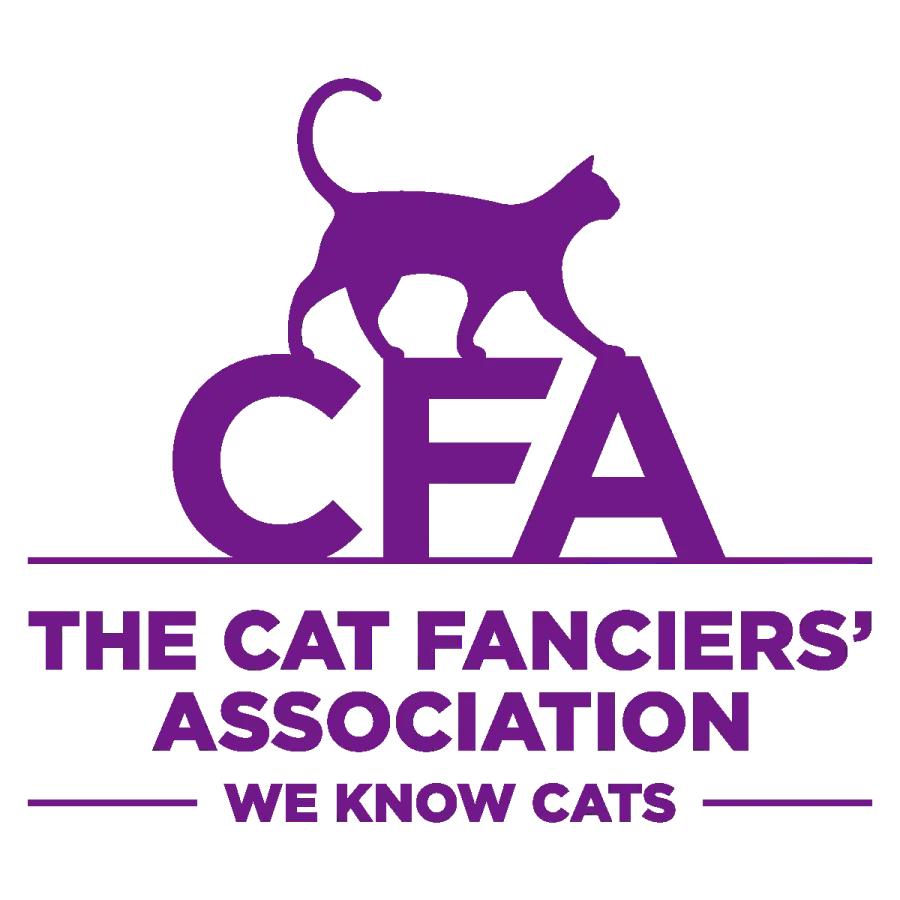Key Takeaways
- Maine Coons are gigantic, compared to the average felines. To make them more comfortable and to create an easy-to-use litter box, select a litter tray that accommodates their size and behaviors. Measure your big cat to be safe, and go for oversized trays.
- Consider various litter tray styles, such as open, covered, or high-walled designs. This should make your Maine Coon feel happy and comfortable, and keep that litter mess out of your home! For even more convenience, self-cleaning or top-entry litter boxes are excellent options.
- Consider litter ingredients before your purchase. Maine Coons usually like unscented, clumping, or natural litters. Remember to introduce any new litter gradually to reduce stress and litterbox resistance.
- Position litter trays in quiet, low-traffic locations away from frequent hotspots. Have one more box than the number of cats in your home, particularly important in multi-cat households, as this can help avoid conflict.
- Scoop daily to prevent odors and keep your home clean. Deep cleaning weekly and replacing the litter frequently will help create a positive experience!
- Consider your Maine Coon’s age and health. You should consider your cat’s age and health. Consider using low-sided or entryway trays for kittens or senior cats, and make sure they are easily accessible for cats with joint pain or arthritis.
Understand Maine Coon Litter Needs
Maine Coons are special in size and temperament, so their litter needs will differ from other cat breeds. Making the right litter tray selection is the key to keeping them clean, comfy, and free of health problems. Here are some of the more important elements that go into this decision.
Maine Coon Size and Habits
Maine Coons are unique in that they’re one of the largest domesticated cat breeds. Their lengthy physiques and sluggish rapid development crack them intensely exceptional. Though they might appear easy to litter train as kittens, Maine Coons become much larger as they age.
A traditional sized litter box quickly becomes a bit cramped as cats mature. This irritation can result in litter box evasion, which often takes the form of urinating outside the box. To fit their giant stature, an extra large litter box like the XL Petmate litter box is a perfect option. Its roomy construction provides plenty of space for your Maine Coon to stretch out and lie down without feeling crowded.
Their slow maturation process is an asset, but it means they require patience and consistency during their youth. To ensure a smooth transition, try to mimic the environment the breeder had your Maine Coon kitten in. By keeping the type of litter and litter box consistent, you increase the chances of a successful introduction.
Buying your pine pellet stall bedding from Tractor Supply will make it easy to set up an environment that will be recognizable to your new kitten. Keeping this arrangement at first makes the transition smoother.
Why Size Matters for Comfort
Due to the Maine Coons physical size, their litter choice needs are very different. A litter box that’s too small limits your cat’s movement. This can lead to accidents outside the box and put pressure on your four-legged pal.
Really, extra-extra-large litter boxes are ideal for comfort and cleanliness and even more so as these cats reach their full size. Consider transitioning to a clay-based clumping litter once your pet is over six months old. It gives you the best odour control and makes cleaning up super simple!
Address Maine Coon Behavioral Traits
Litter needs Maine Coons are clean, intelligent, and adaptable animals, but they still need regular attention when it comes to their litter. Cleaning the litter box several times a day – or better yet, making it a natural part of your morning routine – keeps things clean and fresh.
For households with more than one cat, following the “one box per cat plus one” rule prevents territorial disputes and promotes harmony.

Choose the Right Litter Tray Size
Choosing the right litter tray size for your Maine Coon will help keep your furry friend comfortable and happy. Maine Coons are an exception, being bigger than most cat breeds. Their litter tray has to accommodate their growing size and specific habits.
An appropriately sized litter tray makes it easier for your cat to avoid messes and enjoy a convenient, comfortable experience. Take a look below as we break down the most important features to look for.
1. Measure Your Maine Coon
Measuring your Maine Coon is the first step to knowing what size space they need. Our planet’s largest domestic breed, Maine Coons can reach jaw-dropping lengths, stretching to 40 inches nose to tail.
As adults, they can weigh anywhere from 10 to 25 lbs. Save your poor kitty the cramped confines of a crowded litter tray. It needs to be a minimum of one and a half times the length of your cat.
So if you have a Maine Coon that’s 30 inches long, find a tray that’s at least 45 inches. This gives them plenty of space to move, turn, and dig comfortably without feeling confined.
2. Calculate Minimum Tray Dimensions
Once you know how to measure your cat, determine your ideal tray size. For an adult Maine Coon, choose a litter tray no smaller than about 20 inches.
It should be at least 24 inches in length as well. Regular litter trays – usually smaller, around 16 inches will likely not cut it. If you opt for a tray that’s undersized, it may lead to unsightly messes and an unhappy feline.
If your Maine Coon is an older kitty or otherwise has limited mobility, make sure the litter tray has a low entry point.
3. Consider Extra-Large Options
When it comes to Maine Coons, jumbo-sized litter trays are the best option. The ample XL Petmate litter box is kitty-approved.
It provides ample space for your kitty to scratch and claw. Some of the larger storage containers can be converted as well with a few modifications.
Making a side entrance into the box can make for a more expansive and cost-effective option.
4. Account for Growth (Kittens)
If you’re getting a Maine Coon kitten, be prepared for their speedy growth. While a kitten-sized litter tray might do for a little while, you’ll want to upgrade as they reach the size that better fits their feline age.
To minimize future work, choose a litter tray size they can first be comfortable in.
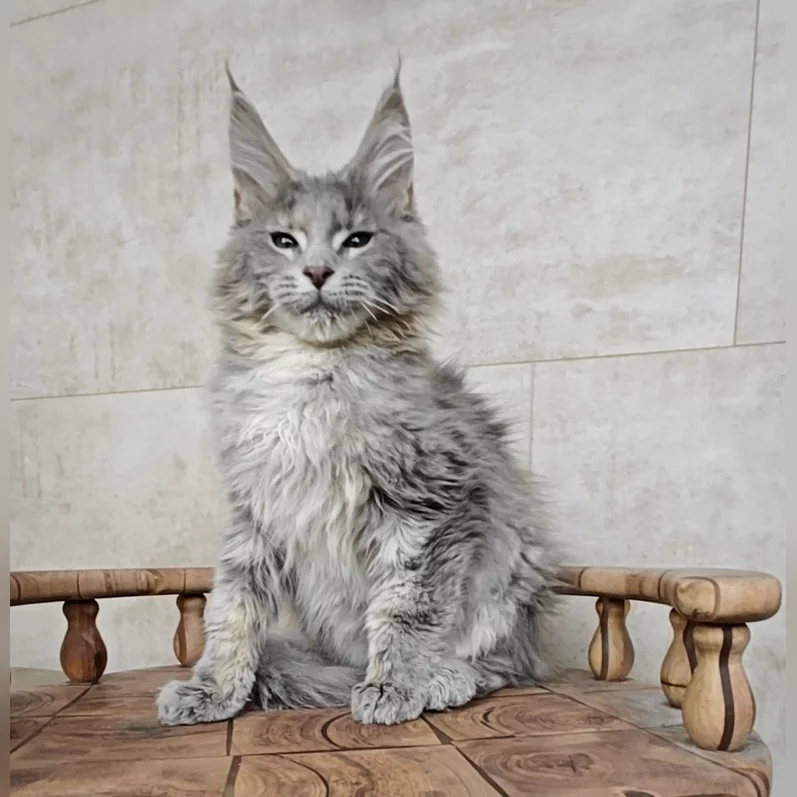
Select the Best Litter Tray Type
Selecting the appropriate litter tray type for your Maine Coon is crucial in maximizing their comfort. It allows you to create a clean and odor-free environment. Maine Coons are large, intelligent, and active cats, and their litter tray should reflect their size and overall activity.
Tray type, size, and overall design are all important considerations. In all cases, they serve a very important purpose of meeting your cat’s needs and meeting your household’s needs/preferences.
Open vs. Covered Litter Boxes
Open litter trays are simple and offer lots of access for Maine Coons, considering their size. They provide better air circulation which helps reduce odors naturally. Frequent scooping is required to keep it hygienic because the waste is right on display.
Covered litter boxes provide privacy, and they can aid in odor control and litter scatter. That contained space can also hold in odors, so daily scooping is all the more important. For example, a circular open-style box like the Less Litter Box offers plenty of room (nearly 20 inches in diameter) for Maine Coons to turn freely.
High-Sided Litter Boxes Benefits
High-sided litter boxes are a particularly great choice for Maine Coons. These trays do an amazing job of catching all that litter that gets kicked out and avoiding big messes!
These trays are great for cats who like to dig a lot. The Frisco High-Sided Cat Litter Box stands out as a top choice with extra-large features and durability. Users should keep in mind that although it holds up to everyday use fairly well, it does crack after a while.
Self-Cleaning Litter Boxes
For those who want convenience, self-cleaning litter boxes provide automation that takes the work of scooping daily out of the equation. These high-tech boxes are perfect for the busiest of households, but they do need regular upkeep to keep their moving parts, uh, moving.
While they are often pricier, their efficiency can significantly reduce the effort needed to maintain cleanliness.
Corner Litter Boxes
Corner litter boxes are usually triangle-shaped boxes that are made to save space and fit into corners or against walls. They can still offer plenty of space for Maine Coons if selected in bigger sizes.
These trays are ideal for homes where space is an issue but efficacy cannot be sacrificed.
Top-Entry Litter Boxes
Top-entry litter boxes are great at containing litter scatter and provide a sleek look. Open models Traditional boxes, such as the Modkat, come in open top options and often in more appealing designs and colors, including neutrals like white, black, and gray.
Giant Maine Coons might need an extra-large top-entry litter box, so you need to pay close attention to dimensions.
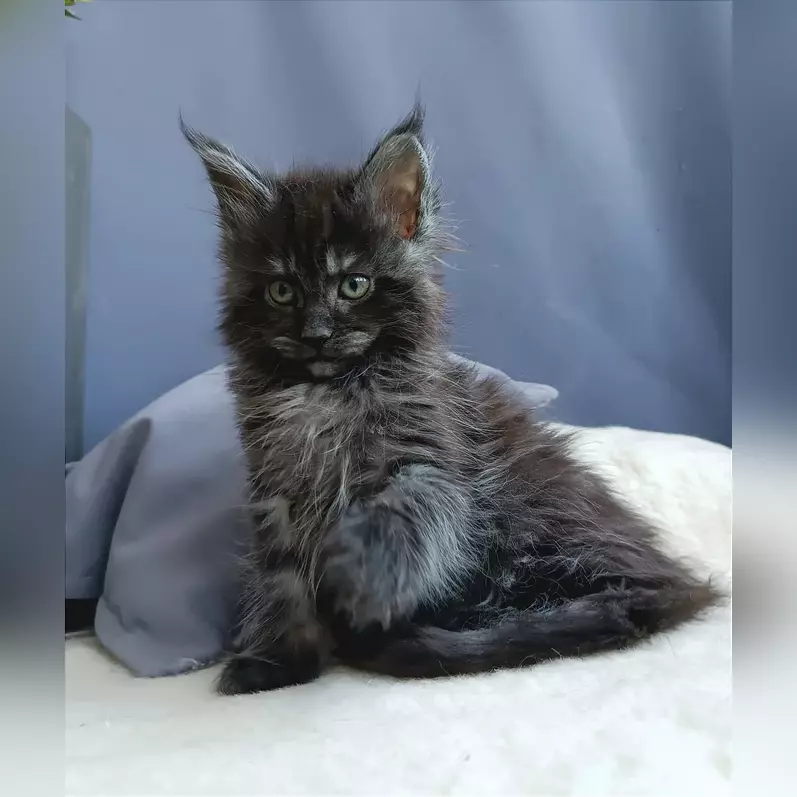
Pick Suitable Litter Material
Choosing the best litter material for a Maine Coon is crucial for providing the most comfortable, hygienic, and easy-to-maintain environment for your beloved companion. Maine Coons are the largest domesticated feline breed. Because of their stature and curious tastes, they often need extra special care and attention.
Knowing the pros and cons of each type of litter will guide you in choosing the best one for your furry friend.
Clumping vs. Non-Clumping Litter
Clumping litter, often made from bentonite clay, is the most popular cat litter type due to its ease of use. It creates hard clumps when it touches wetness. This design element is key for easy, everyday use, as you can remove waste each day without needing to dump and refill all of the litter.
Many brands advertise that one bag can last for a month, which can be cost-effective for households with single cats. Non-clumping litter, like wood pellets or unscented crystals, absorbs moisture rather than clumping around it. This type, for instance, might need to be changed more often to keep things clean.
Since Maine Coons are larger cats, they’ll require a thicker layer of litter to fit their behaviors and size.
Clay Litter Considerations
Clay-based litters are easy to find in stores and have a great name recognition because they are affordable and provide great odor and moisture control. In terms of convenience factor, clumping clay litters excel. They can be dusty, which can be an issue for more sensitive cats or those with respiratory issues.
This can make clay litter heavy and cumbersome. This actually presents a challenge to maintaining bigger litter boxes, which many cat experts advocate using for Maine Coons.
Natural and Eco-Friendly Litters
Natural alternatives, like corn-, wheat- or wood-based litters, are popular with environmentally minded consumers. These biodegradable materials are lighter and generally safer for allergy-prone cats. Wood pellets, for example, are extremely absorbent, but they don’t form clumps like clay.
If you’re moving your Maine Coon over to a different litter material, such as a natural or biodegradable product, it can require some time. Don’t rush the transition; be patient on both sides.
Scented vs. Unscented Litter
Scented litters are an effective odor-neutralizing option, but some cats don’t like scented litter because they dislike strong perfumes. For Maine Coons and all cats, the most attractive types of litter are the unscented kinds that create an earthy, natural setting.
In fact, cleanliness is more important than scent in litter box choice.
Transition Litter Gradually
When transitioning to a different kind of litter, gradual transitions are important. Incorporate small amounts of the new litter with the old one over the course of several weeks to avoid upsetting them.
Take your time, as it can take up to two weeks for some cats to settle into their new surroundings.
Optimize Litter Box Placement
Finding the ideal spot for your Maine Coon’s litter box may be even more crucial than deciding on the appropriate box. This is important because placement doesn’t just impact your cat’s level of comfort, it can influence their choice or reluctance to use the box over time. Maine Coons are large cats with quirky personalities.
Kitties can definitely be fussy about their surroundings, so here are some tips to help you get them situated in your home.
Quiet and Accessible Locations
Cats instinctively want privacy while doing their business, and Maine Coons are no different. Keep that litter box somewhere dark and quiet. Don’t put it near noisy appliances or where there are sudden sounds, so the environment is calm and easy for your cat.
Laundry rooms, for example, might look convenient, but noisy washing machines may scare your cat on entry. Accessibility is just as important. Stay away from spaces that have obstacles, such as steps or rooms with doors that may shut inadvertently.
A corner in a quiet area or a low-traffic corridor is ideal, providing plenty of privacy and convenience.
Avoid High-Traffic Areas
We all value our privacy, but if the litter box location is somewhere with excessive traffic, it will make them avoid it. As you may know, cats are very territorial animals.
Imagine how worried they would be if their litter box is in the middle of the living room or near a high-traffic doorway. Don’t hide the box in some faraway part of the cellar. Avoid putting it too far out of the way or you risk people deciding it’s not worth the trip.
Finding balance is important. Consider a spot that’s safe, but doesn’t seem too removed from regular activity.
Number of Litter Boxes Needed
A good rule of thumb is one litter box per cat, plus one additional. So a home with three Maine Coons would require at least four boxes. This will make sure that every cat can always get to a box, avoiding territorial conflicts or accidents.
Since cats see their litter boxes as resources, providing enough makes it easier to avoid conflict in homes with many felines.
Multi-Cat Household Strategies
For homes with more than one cat, intentional placement of your litter boxes goes a long way. Place them in various rooms to prevent overcrowding and grant each cat their own area to retreat to if necessary.
As with any other cat, Maine Coons don’t like to feel cornered, so don’t put litter boxes in enclosed furniture or inside closets. Select clear and reachable spaces for your Maine Coon to explore.
Ensure that there’s enough room all around the box so your cat can maneuver easily.
Maintain Hygiene and Cleanliness
Maintaining hygiene and cleanliness in your Maine Coon’s litter area is essential for both your cat’s comfort and your home’s atmosphere. Maintaining a clean litter box will help your cat prefer to use it every time, and it will help keep your home smelling cleaner, too.
Here, we outline the basic steps for keeping your cat’s litter tray in check.
Scoop Litter Regularly
From our experience, daily scooping should be your first habit as a small but mighty practice. In fact, cleaning up after the pets takes only a little over two minutes. This easy maintenance job stops bad smells and helps your Maine Coon feel secure while operating the tray.
Maine Coons are famously fastidious creatures. If their litter box isn’t clean, your cat may refuse to use it, leading to messes in other areas of your home. For households with multiple cats, scooping multiple times a day might be necessary to maintain a clean and inviting space.
Include it in your morning or evening routine. It manages cleanliness, ensuring that your feline and your dwelling coexist in flawless balance.
Deep Clean the Litter Box
Beyond daily scooping, deep cleaning on a regular basis is key. Clean and disinfect the litter box weekly. That way you can ensure that old, stiff stains, bacteria, and germs are removed and neutralized.
Depending on the litter type and box material, deeper cleanings should be done weekly or monthly. Give the box a good scrub with a gentle, pet-friendly cleaner. This will help to avoid any harsh chemical residues being left behind that may be unsafe for your cat.
For example, a little unscented dish soap mixed with warm water goes a long way. Keeping arbitrary odors, dust, and waste at bay prevents build-up and encourages litter to work its magic, keeping your cat’s box lasting longer and their space healthier.
Control Odor Effectively
Odor control is often one of the biggest worries, but the success you’ll have with the perfect litter will be remarkable. Clumping litters offer superior odor control, as they help control stink by quickly locking in moisture and locking it out.
Using a litter mat outside the box can catch dust and litter, preventing mess around the tray or box. Keeping the litter box in a well-ventilated space reduces the risk of odors sticking around too.
Replace Litter Frequently
Keeping on top of litter will ensure a clean space for your Maine Coon to enjoy. Replace the litter completely every week or two, based on use and type of litter used.
This thorough cleaning with a complete refresh means there are no secreted globules or smells, making the tray a safe and pleasant place to be.
Prevent Common Litter Tray Problems
Maine Coons are truly magnificent felines, known for their imposing size and their intelligent disposition. Ensure you set up their litter tray to suit their specific needs. Preventing these issues before they start goes a long way to keeping your home cleaner and your pet happy.
Here, we discuss how to address litter tray frustrations with actionable solutions.
Litter Tracking Solutions
Litter tracking can be a frustrating problem, particularly with big cats such as Maine Coons. Larger cats or longhairs may create situations where litter can be tracked outside the litter box.
In some cases, yes, selecting a high sided litter box or one that’s top-entry design can keep the mess contained. For instance, a box with sides that are at least 8 inches tall prevents messiness while in use.
Placing a litter mat outside the box is another simple, but great, preventative step. These types of mats catch the excess litter that’s stuck to your cat’s paws, which means less litter flying to your floor.
Materials such as polyurethane, rubber or PVC are excellent choices as they are non-porous, easy to clean and extremely durable. Vacuuming daily around the litter box area can help with litter tracking as well.
Addressing Elimination Issues
If your Maine Coon is peeing or pooping outside the litter box, there’s likely something that’s altered their behavior. Perhaps the environmental factors are a greater issue.
First, start with the right size box to cater to their big frame. A box that’s 1.5 times the length of your Maine Coon, roughly 24 to 30 inches long, provides ample space for movement.
For households with multiple cats, providing at least one litter box per cat, plus an extra, reduces competition and stress. Scoop waste at least once a day, though multiple times are better, so your cat always has a clean, welcoming box.
Sudden litter changes can be upsetting, so make the switch gradually over two weeks. Cleaning up with an enzymatic odor eliminator will make sure any lingering odors won’t lure your pets back to the same spot to go again.
Monitor Maine Coon Health
As it turns out, your cat’s litter habits can tell you a lot about their health. If you notice any sudden changes, such as increased frequency of urination or stopping using the box, it should be addressed immediately.
Since Maine Coons are highly susceptible to other issues, such as urinary tract infections, keeping an eye on waste consistency and frequency is key. Routine veterinary care and appropriate lab work will find problems before they become serious.
Secondly, do not over clean. Changing the litter every 7-10 days keeps their bathroom fresher without stressing them out.
Consider Maine Coon Age and Health
While choosing a litter tray for your Maine Coon, it’s important to consider their age and health requirements. Maine Coons are a big breed, and they need to be treated differently than a smaller cat. From kittens to senior cats, their size and physical condition dictate the type of litter box that ensures comfort and usability.
Kitten-Friendly Litter Boxes
With Maine Coon kittens, it’s best to begin with a low-sided, easy-to-get-in litter box as well. Younger kittens are smaller and can have a harder time entering boxes with higher walls or difficult entry angles. A shallow tray with walls no more than 3-4 inches high makes it easier for them to step in and out.
Use a small box size – this can create a more secure environment for a young learner. These dollhouse-sized skillets hit the spot. After a year or so, your Maine Coon will have outgrown them. Invest in an adjustable litter box or transitional litter box that grows as your pet ages.
This small selection will go a long way towards keeping you from future headaches and heartaches.
Senior Cat Accessibility
This is a more serious concern for senior Maine Coons, who may need a different approach. The flexibility in their joints can start to stiffen as they get older, impacting their mobility and overall ability to access high sided/hooded litter boxes. Open trays or trays that have one low-entry side really help.
For more user-friendly options, a lot of owners have best luck with jumbo underbed storage containers turned litter box. These doors offer plenty of height width for a Maine Coon’s stature but low enough for easy access. Older cats tend to have other health issues, like kidney disease, as well.
To help keep them happy and healthy, ensure they have constant access to their litter box.
Arthritis and Joint Pain
For Maine Coons, who may be dealing with arthritis or other joint problems, accessibility is even more important. High-sided boxes, or boxes with tall or high-fronted entrances, may be painful or make pets avoid the box entirely. Look for litter boxes designed for cats with limited mobility.
Choose models with ramps, or wide, shallow entrances. Combine these with a soft, non-clumping litter to put less pressure on their joints while they dig. Put the litter box where your older pet won’t need to navigate stairs or jump up/down from a height.
This easy modification is one way to spare their hard-working joints from added stress.
